The new Bentley Continental GT will represent “a paradigm shift in driving performance” over its predecessor, according to engineering boss Rolf Frech.
Autocar has now driven the new Bentley Continental GT. Click here for the first drive
The grand tourer, which has made its public debut at the Frankfurt motor show, has been created to “set a benchmark for all GTs”, said Frech, who added that he believes “this [car] redefines luxury driving again”.
Bentley hopes the new version of its most popular model — which is even expected to outsell the hugely successful Bentley Bentayga SUV — will appeal to both loyal and new customers and be “even more agile without compromising luxury”, helped by a chassis, suspension, W12 engine and dual-clutch eight-speed gearbox that are all new.
The Crewe-based car maker’s intention is to
 extend the Continental GT’s appeal to those buyers who might traditionally choose
 a Porsche for its handling qualities. The design of the third-generation Continental has taken inspiration from the EXP 10 Speed 6 concept car shown at the Geneva motor show in 2015. Frech said the style remains “clearly Bentley and Continental”.
The new car is longer than the outgoing model, with the front wheels 135mm further forward, which in turn has allowed the bonnet to be extended and the nose to be lowered. The wheelbase has increased by 110mm to 2856mm. The model is 25mm wider than the current car. It is 1954mm wide, 1392mm tall and 4805mm long.
The shorter front overhang also means improved weight distribution. With two adults on board and light luggage — which Bentley deems “typical grand touring occupancy” — it has changed from 56:44, front to rear, to 53:47. The new Continental’s unladen weight distribution is 55:45 compared with 58:42 previously.
While the front retains 
the muscular look of the second-generation model, the rear design is more refined. This has been achieved by so-called ‘superforming’, a precision technique that heats aluminium panels to 500deg C, allowing more defined lines to be created. The Continental
 is the first production car to have an entire body side made via the superforming process, Bentley claims.
The Continental’s body sits on an aluminium structure. Eschewing the previous generation’s Volkswagen Phaeton-based platform, 
the model uses the Porsche- developed MSB (modular standard drivetrain) platform that is also in the new Porsche Panamera. However, the Bentley is keen to point out that its parts are “82% unique”, despite the collaboration with Porsche.
The car uses an “intelligent mix of body-in-white materials to improve torsional stiffness while reducing weight”, saving 85kg on the previous body, said Bentley chief engineer Bob Teale. The kerb weight for the W12-powered launch model is down from 2320kg to 2250kg.
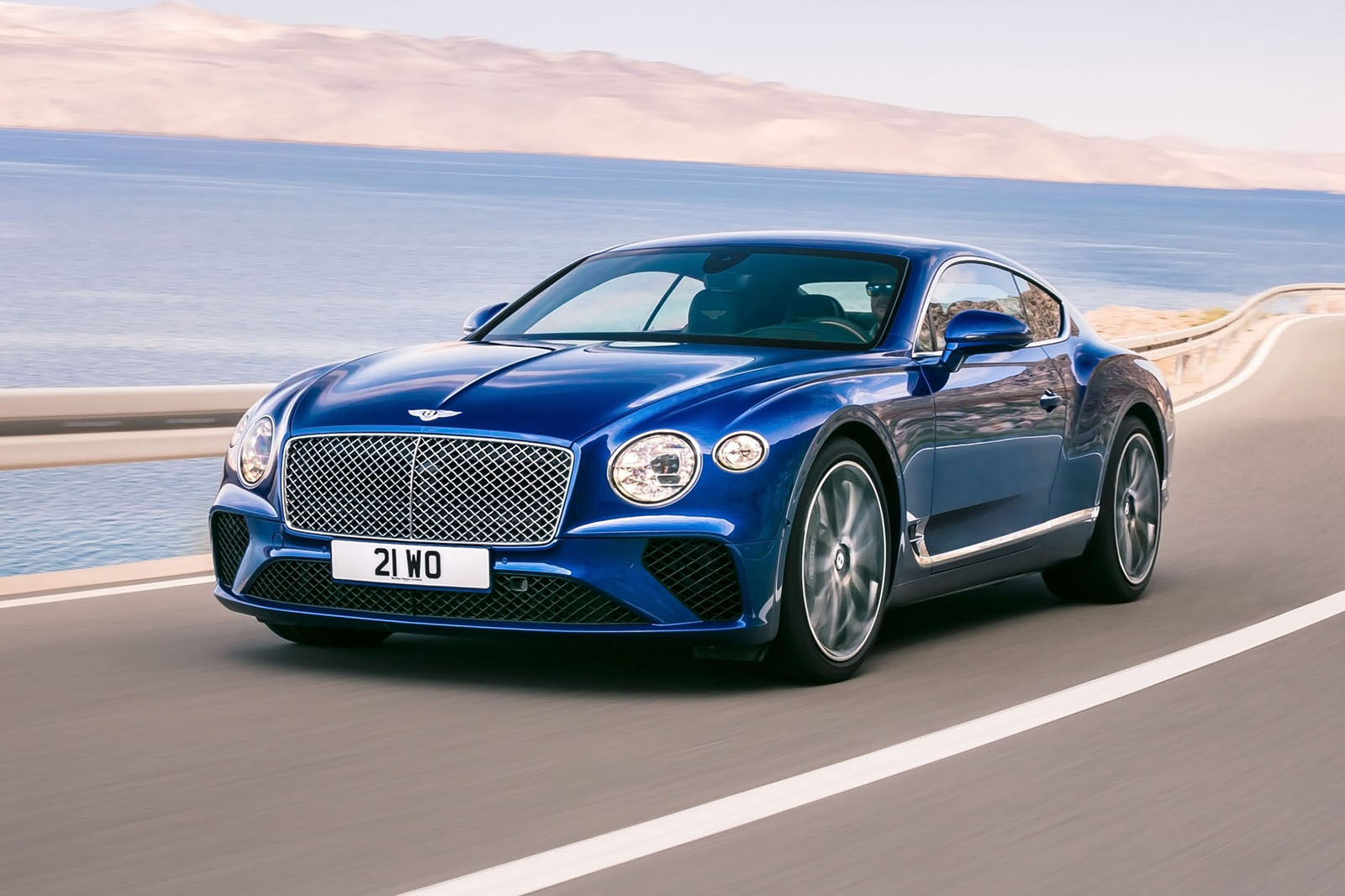
The model follows in the Bentayga’s footsteps by having Bentley Dynamic Ride, a 48-volt electric active roll control system that improves ride and handling and makes the car “feel much lighter and more precise”, according to Teale.
There are four driving modes: Sport, Comfort, Bentley and Custom. The Bentley setting is what the company’s engineers think is the optimum set-up and blends characteristics of Sport and Comfort.
Double wishbones are used up front, with a multi-link axle at the rear. The model is the first Bentley to introduce a new three-chamber air-spring system. It contains 60% more air volume than the previous single-chamber springs and can switch chambers in and out of use, giving a chassis set-up for all types of driving.
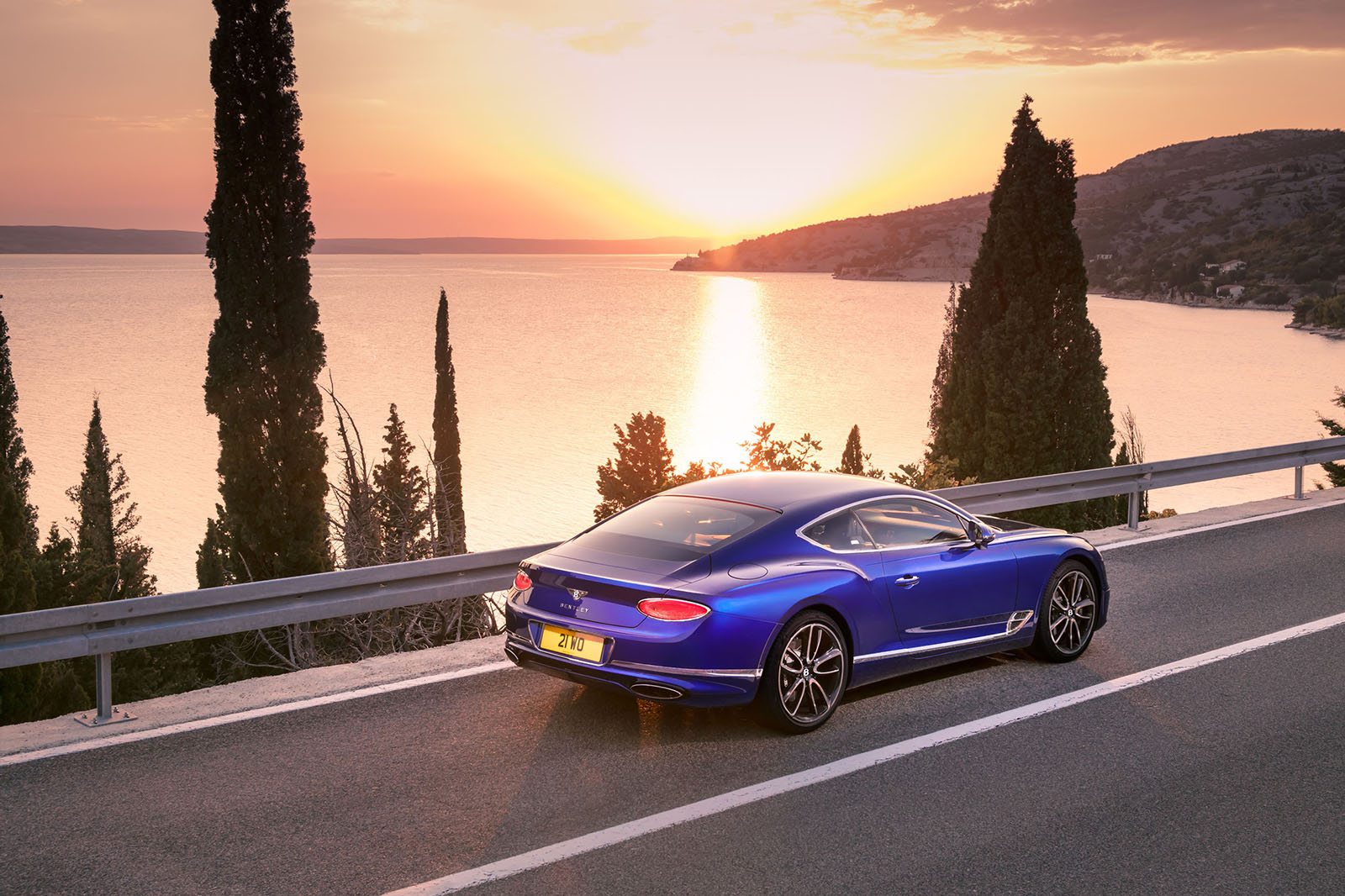
There is also a new active all-wheel-drive system, which varies the front-to-rear torque split depending on the driving situation. The car’s default is rear-wheel drive for optimum efficiency and dynamic performance but, based on 
the conditions and driver’s behaviour, the system will send torque to the front axle if it senses extra traction is needed.
The new Continental also introduces a torque-vectoring-by-brake system to the standard car for the first time. The system was first fitted to the Continental GT3-R and Supersports models, and is said to reduce understeer.
The model also gets electric power steering — which allows for a range of driver assistance features such as active lane assist, park assist and traffic park assist — and brakes that have grown by 15mm to 420mm.
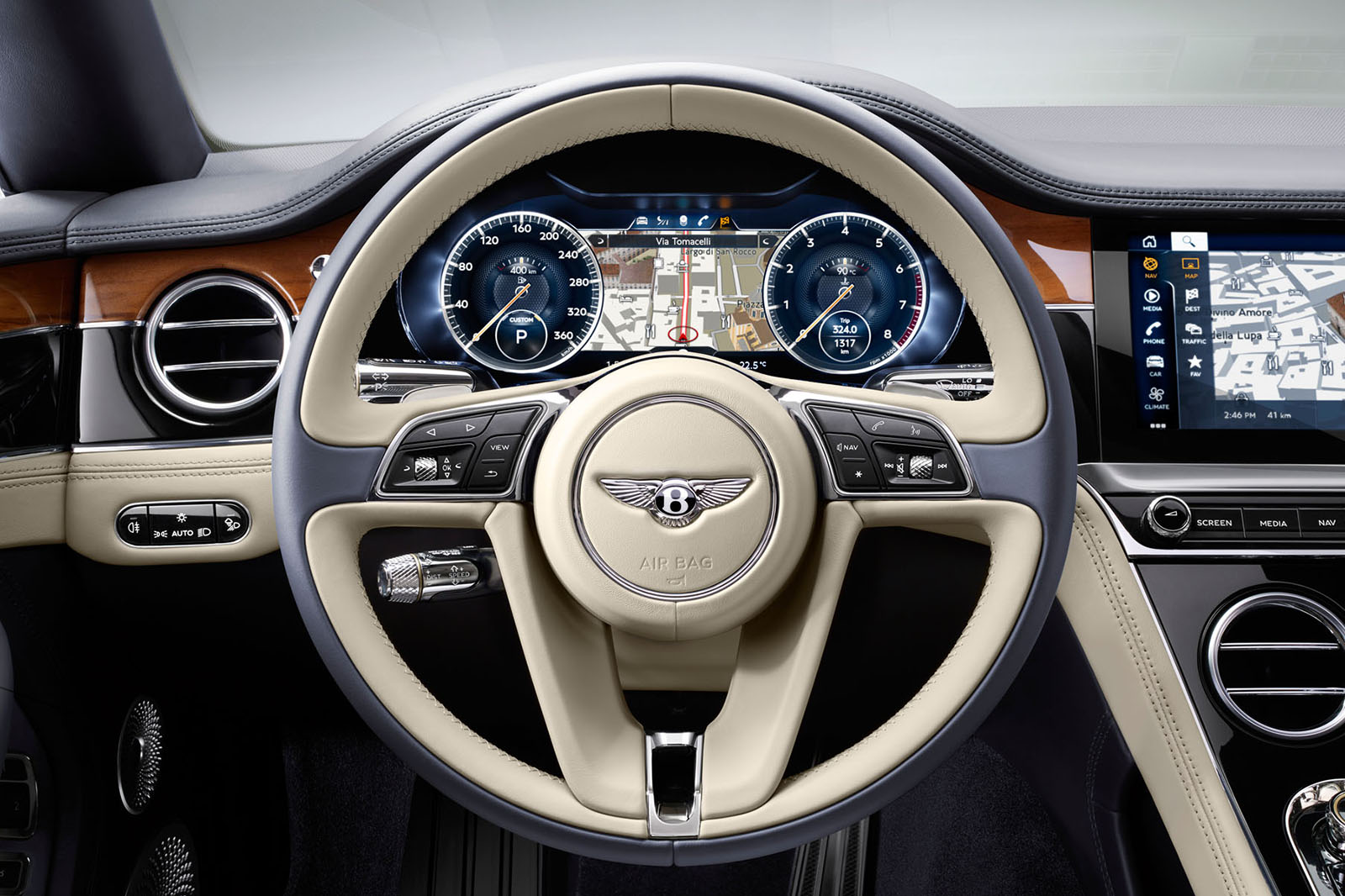
Under the bonnet is a heavily revised version of Bentley’s 6.0-litre twin-turbocharged W12 petrol engine, which the brand describes as “the most advanced 12-cylinder engine in the world”. It is mated for the first time to a dual-clutch eight-speed transmission. It delivers 626bhp at 6000rpm, 44bhp more than the outgoing unit, and 664lb ft from 1350rpm to 4500rpm. The W12 Continental GT achieves 0-62mph in 3.7sec, 0.8sec quicker than the previous W12, with a top speed of 207mph, a rise of 9mph.
The engine combines high-pressure and low-pressure fuel injection. This aims to maximise refinement, lower particulate emissions and optimise power and torque delivery. The Euro 6-compliant engine emits 278g/km of CO2, which is a 16% improvement over its predecessor.
A variable displacement system can shut down half
 the cylinders, making it much more efficient below 3000rpm. A new dual-mass flywheel replaces the torque converter. Bentley describes this as significant because it means better oscillation control and a smoother power delivery.
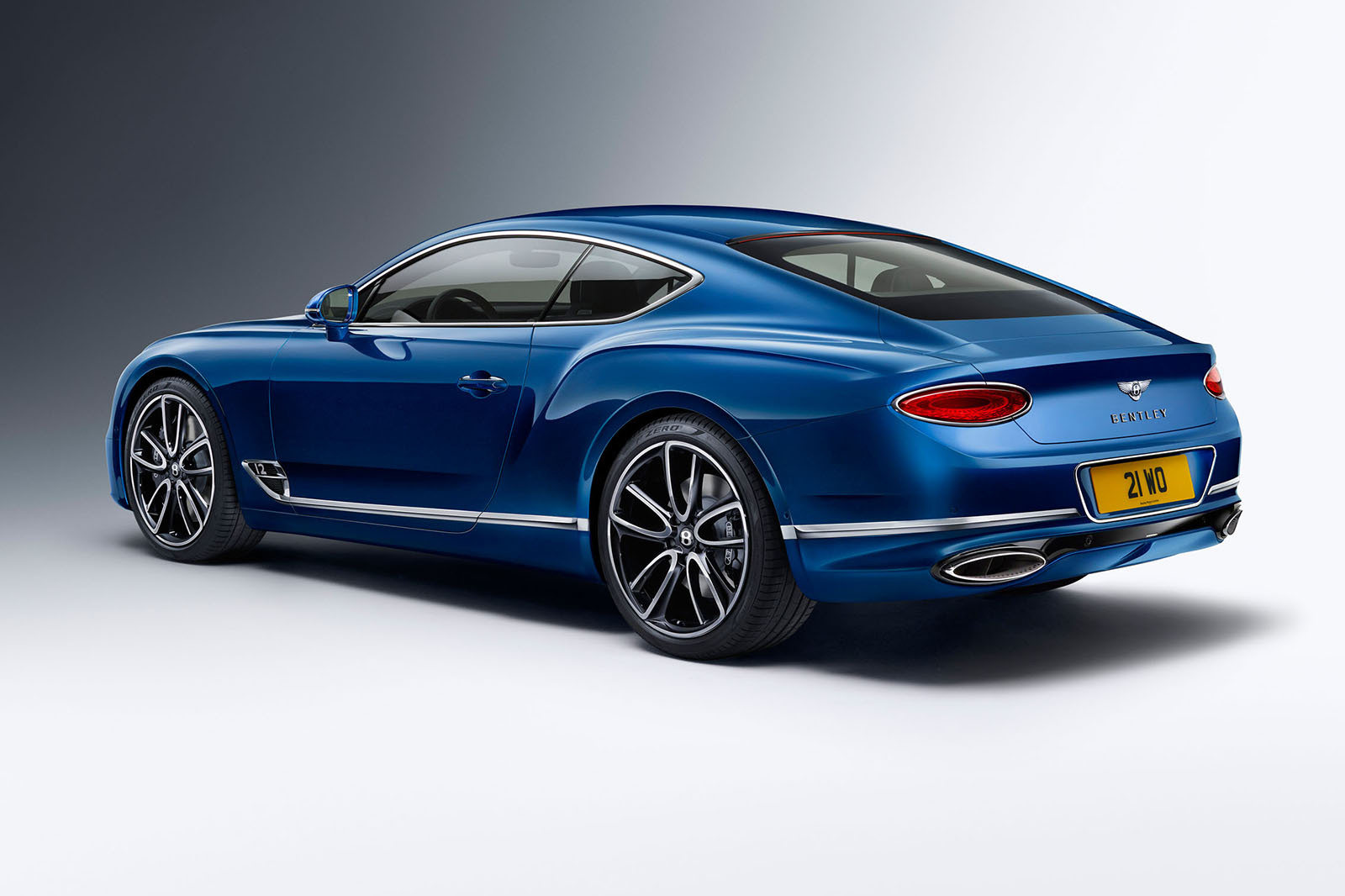
The new dual-clutch gearbox has a variable response. For example, it will shift instantly in Sport mode or offer a refined, seamless shift in Comfort mode. Maximum speed is achieved in sixth gear, so seventh and eighth are for fuel-efficient motorway cruising.
The Continental will be launched with the W12 engine only and Bentley won’t discuss any other powertrains for now. However, there will be a twin-turbo 4.0-litre V8. Rather than the existing Audi-engineered 3992cc unit used in other Bentleys, it will adopt a newer 3996cc engine launched in the Panamera Turbo. The V8 is expected to be offered in rear and four-wheel-drive guises.
There will also be a petrol-electric variant, using the same system as the Panamera 4 E-Hybrid. The latter has an overall system output of 456bhp and 516lb ft. The Continental GT Hybrid is expected to offer 31 miles of electric-only driving range.
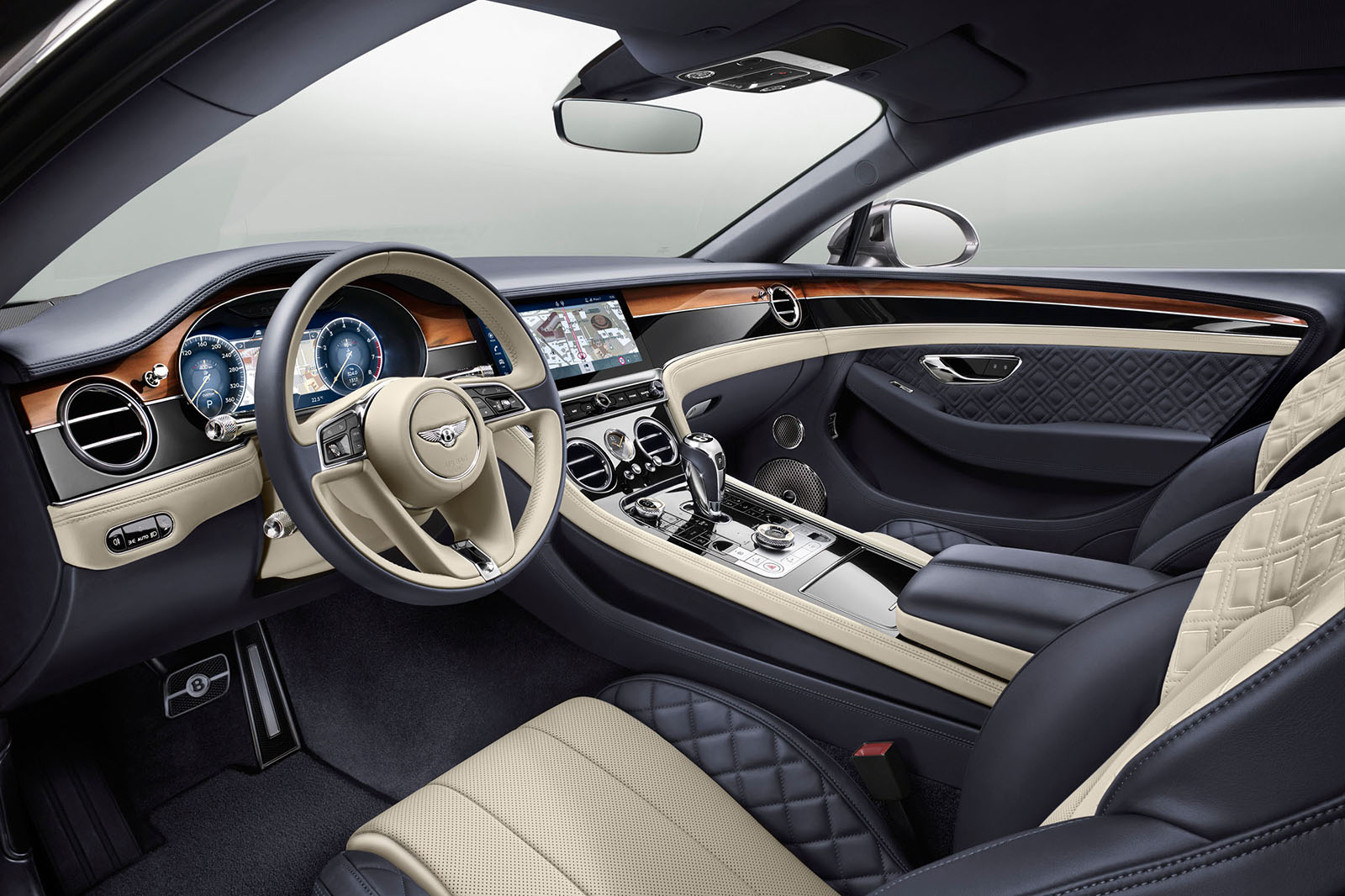
Despite the introduction of a diesel Bentayga, it is unlikely that the Continental will adopt a diesel engine.
The cabin features high-quality leather and veneers and hand-finished chrome details. There are 12-way adjustable seats with smooth centre panels on the seats (as opposed to diamond-embossed leather found on the bolsters) for the most effective cooling, heating and massage functions.
Laminated acoustic 
glass has been used for the windscreen and side windows for a quieter cabin, resulting in a 9dB reduction, said Bentley.
The biggest innovation inside is the rotating display. At first glance, the central dashboard is a veneer finish. When the engine is switched on, the veneer rotates to reveal Bentley’s largest touchscreen yet, a 12.3in display, which has been designed to be “akin to a modern mobile phone”. A third side of the rotating display features three analogue
 dials: outside temperature, a compass and a chronometer. Drivers can choose which side of the display they prefer.
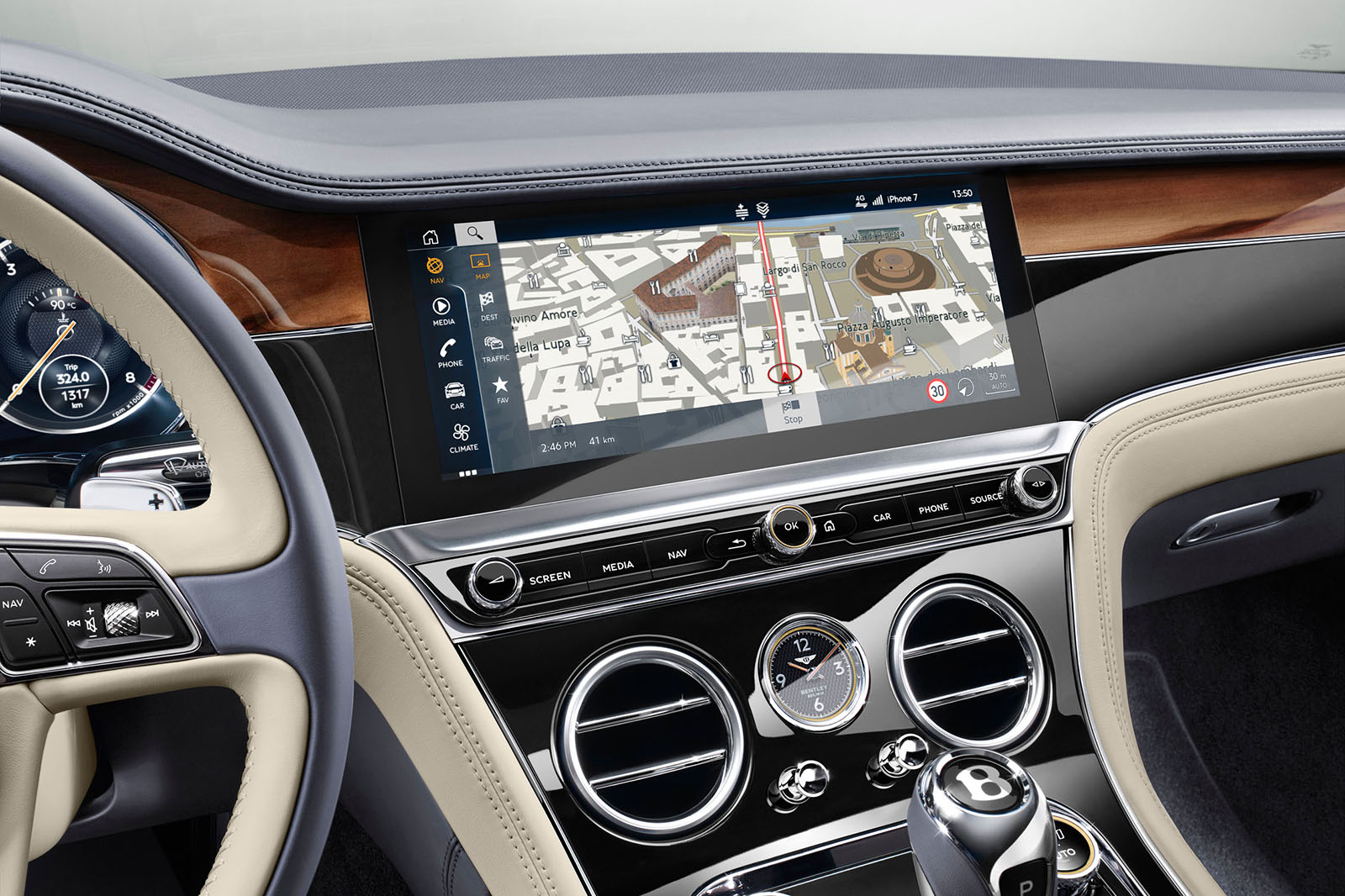
The driver’s instrument panel is fully digital for the first time and a head-up display is an option. There are also a number of USB ports in the car and Apple CarPlay integration, but Android Auto is not supported.
Two technology option packs are offered at launch: City Specification and Touring Specification. City includes hands-free boot opening, pedestrian warning, traffic sign recognition and city braking systems as well as a top-view camera. Touring gets adaptive cruise control with traffic jam assist, active lane assist, a head-up display, night vision with an infrared camera and pre-sense braking.
The Continental has 21in wheels as standard and two 22in lightweight forged alloy wheel options, one of which is part of Mulliner specification from Bentley’s personalisation division. There are 17 exterior paint colours available, eight veneers and 15 leather colours.
The new Continental will
 go into production later this year, with first deliveries due in spring 2018. The price is expected to rise slightly over the existing starting price for a Continental W12 of £150,500.
The next Continental model is likely to be the convertible GTC. Product line director Benno Brandlhuber said there is “no reason” why the new Continental line-up will not eventually echo the current range available, including the Supersports model.

In the beginning - the inspiration for the Continental GT
The inspiration for the modern-day Continental came from the Bentley R-Type Continental, a car deemed the fastest four-seater in the world in its heyday of 1952.
It was also lauded by Autocar at the time: “This Bentley is a modern magic carpet which annihilates great distances and delivers the occupants well-nigh as fresh as when they started.”
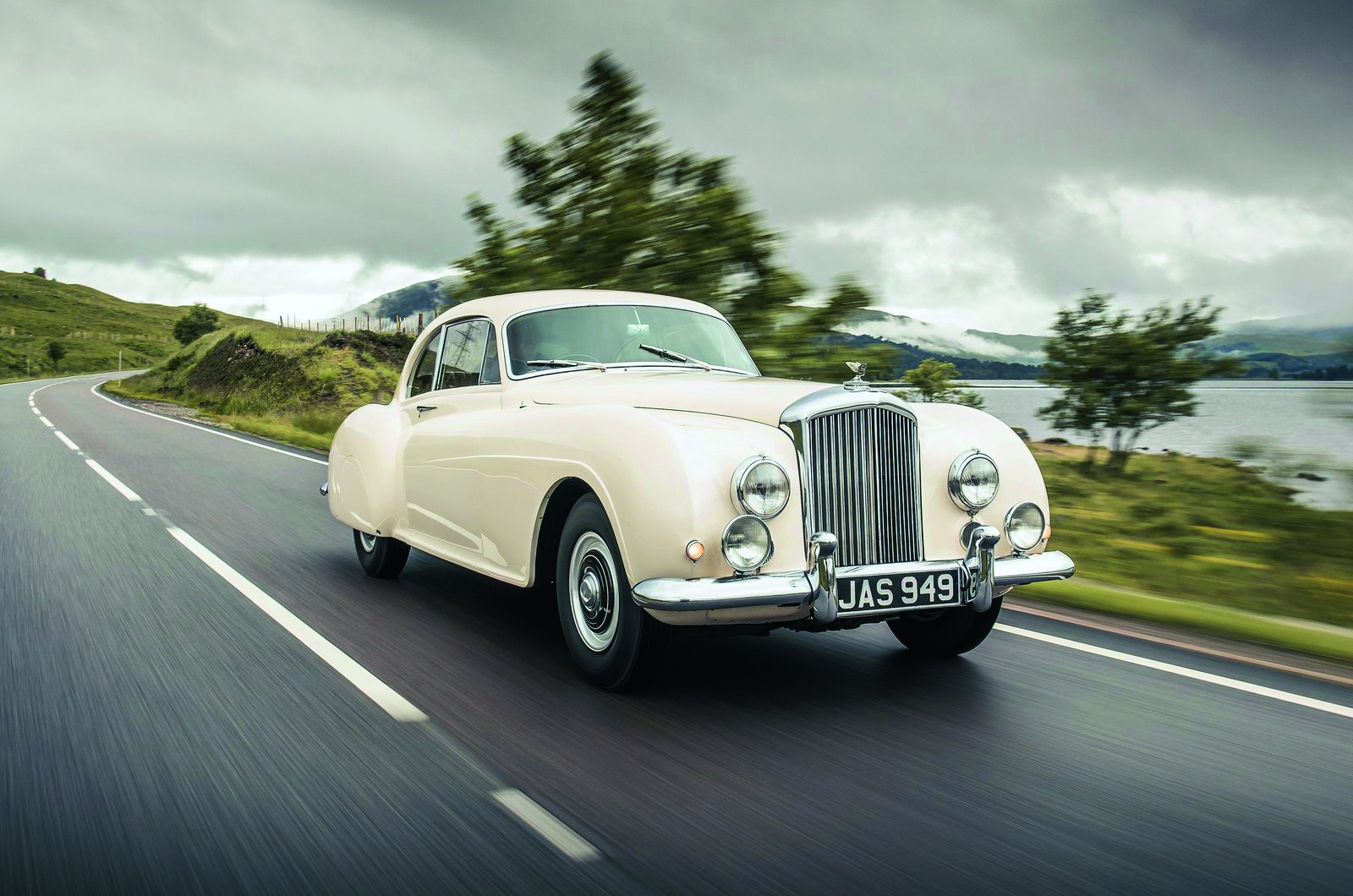
The car started life as an unofficial project by engineer Ivan Evernden to re-establish Bentley as a maker of performance cars. Created by coachbuilder HJ Mulliner, it was built using aluminium to a target weight of 1750kg, because no tyre in the 1950s could sustain
 a heavier weight at speeds above 115mph. The Bentley’s fastest recorded speed was just under 120mph.
It was originally offered with a 153bhp six-cylinder in-line 4.6-litre engine. Later versions used a 4.9-litre unit.
A total of 208 were made from 1952 to 1955. In 1952, an R-Type Continental cost £6928, almost 15 times the UK average annual income of the period.
Related stories:

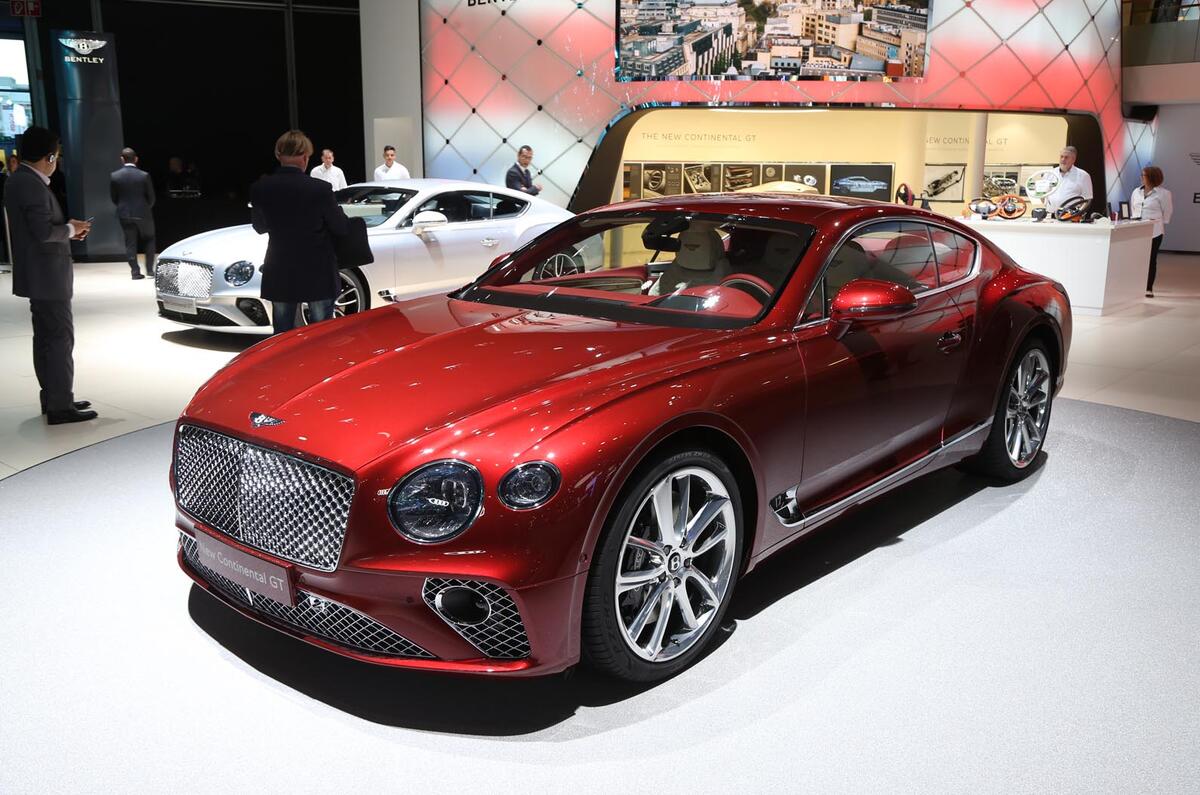
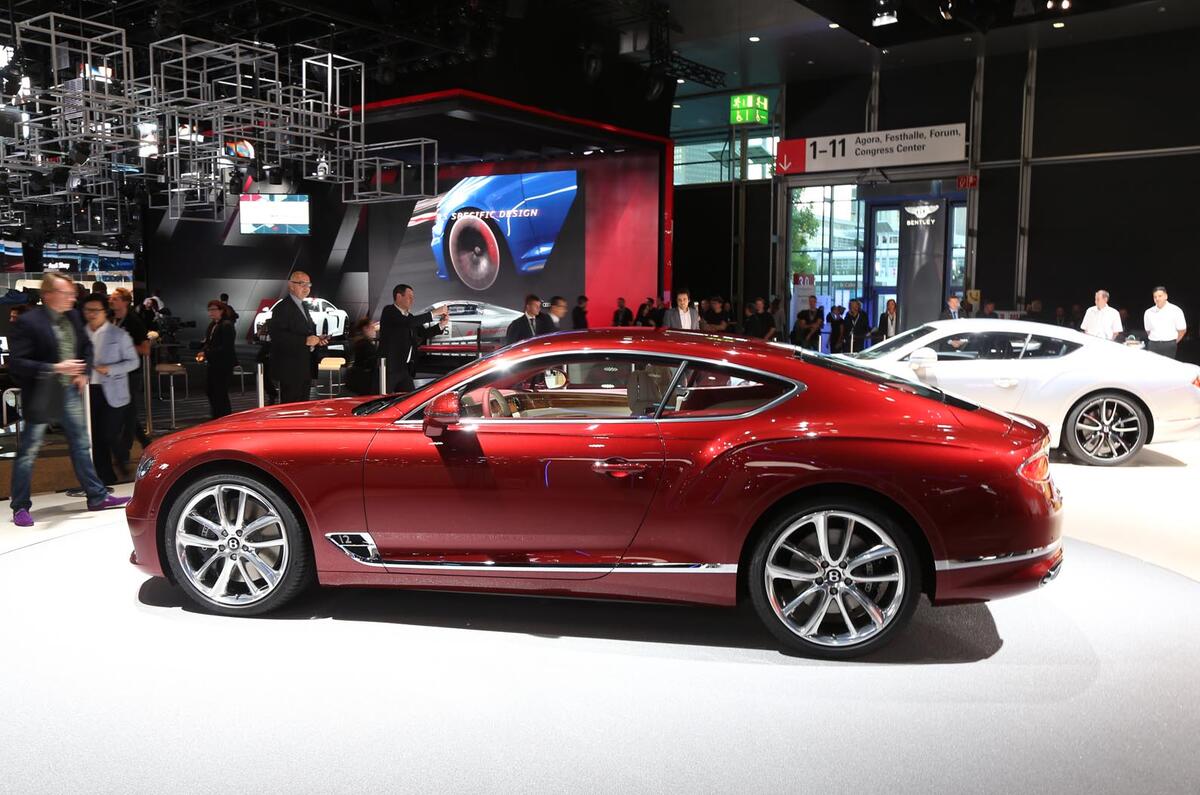
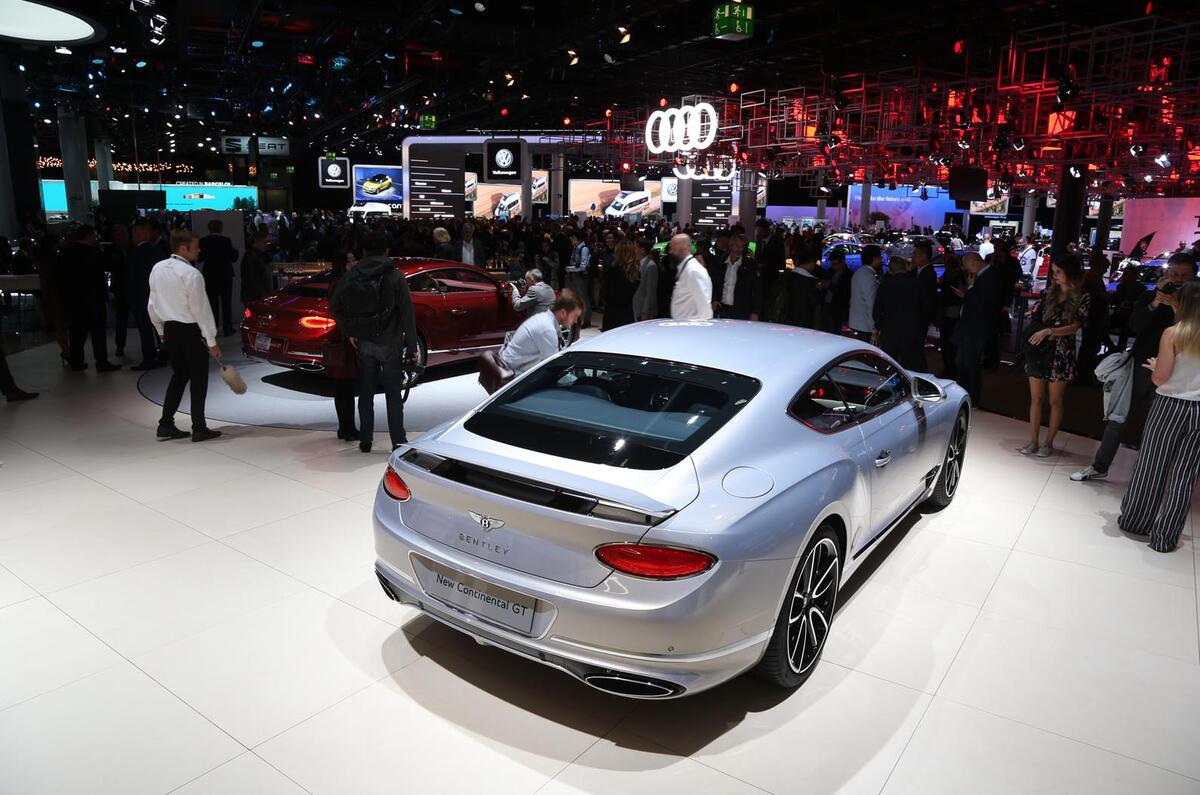

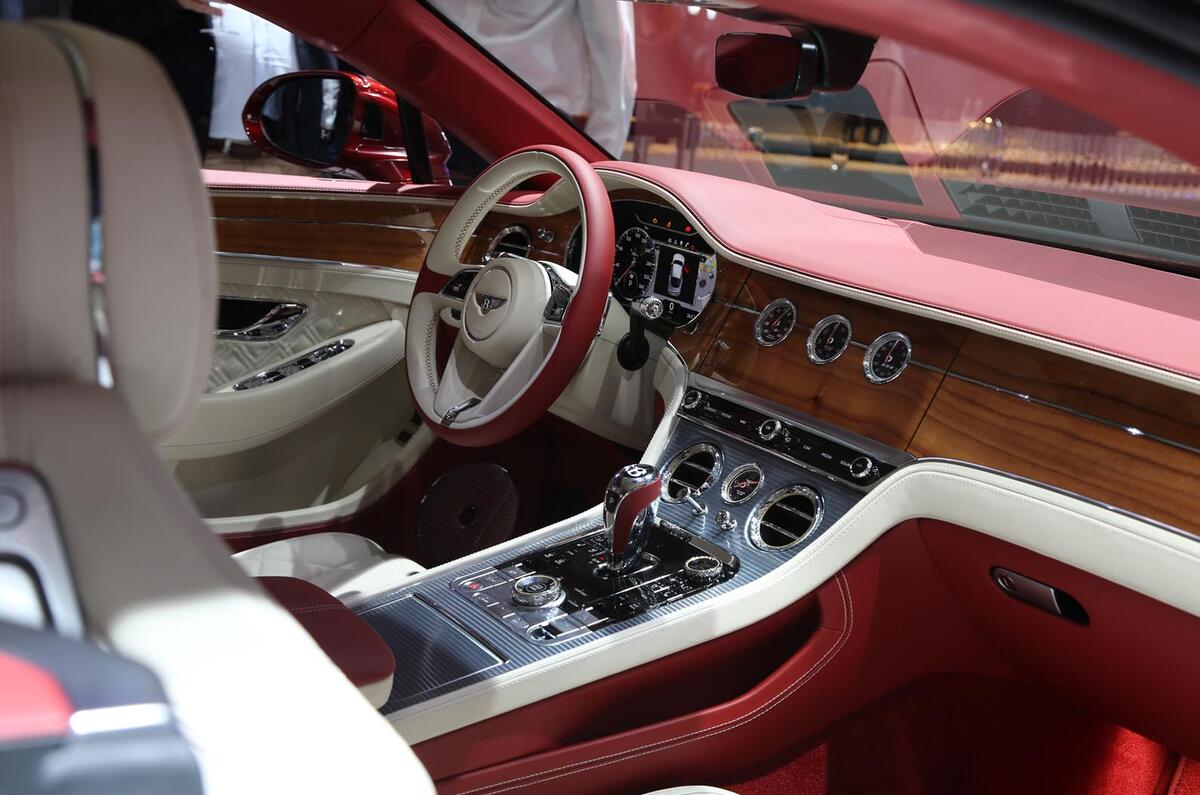
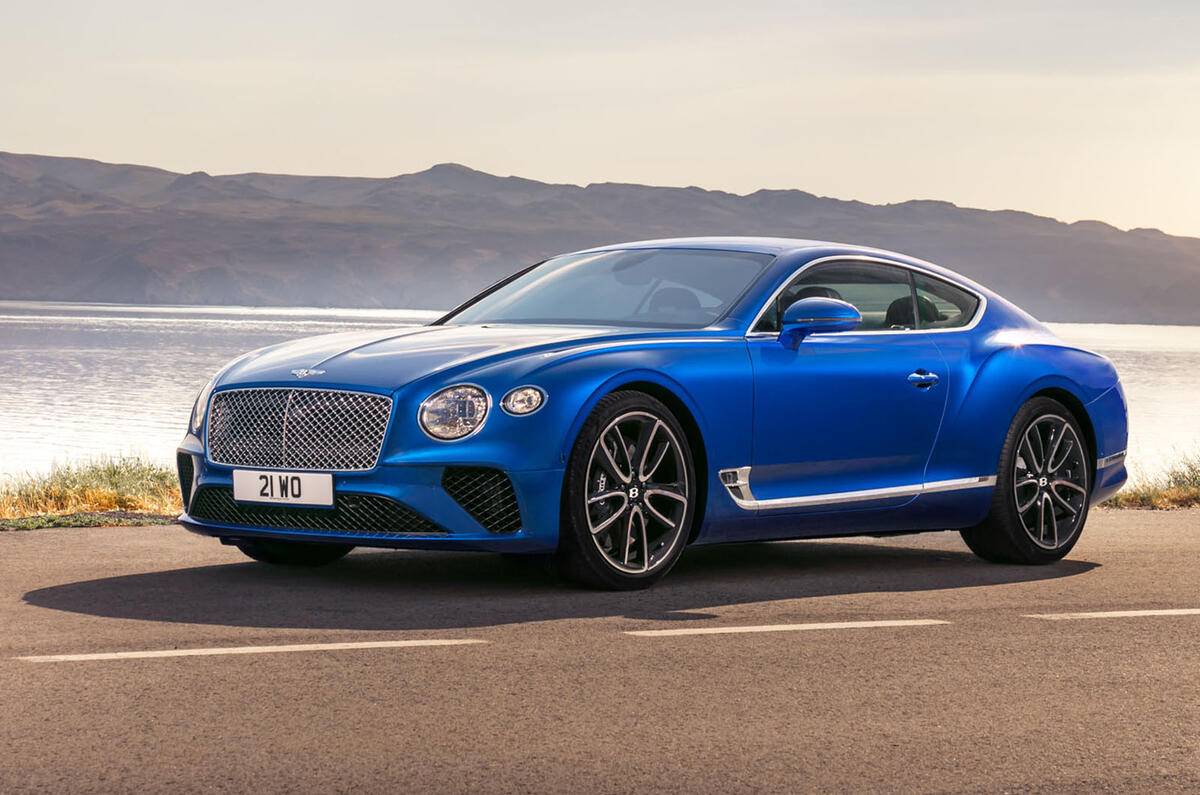
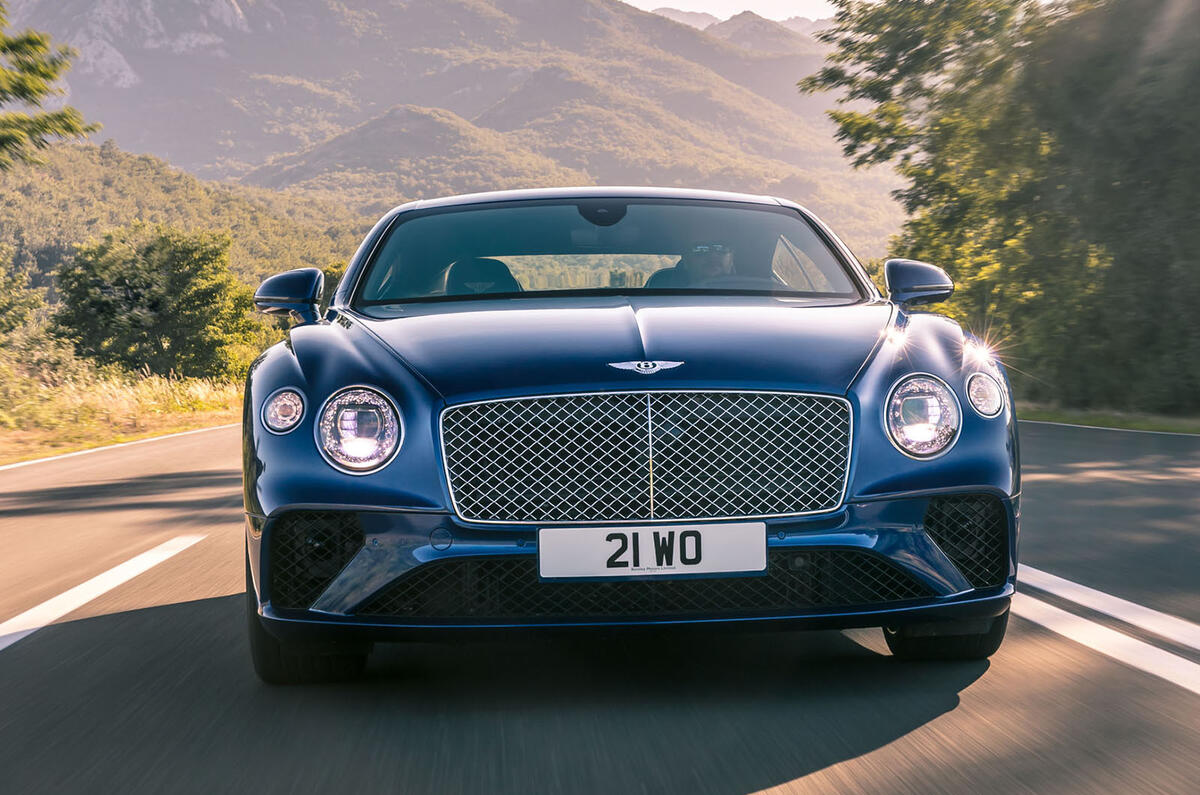
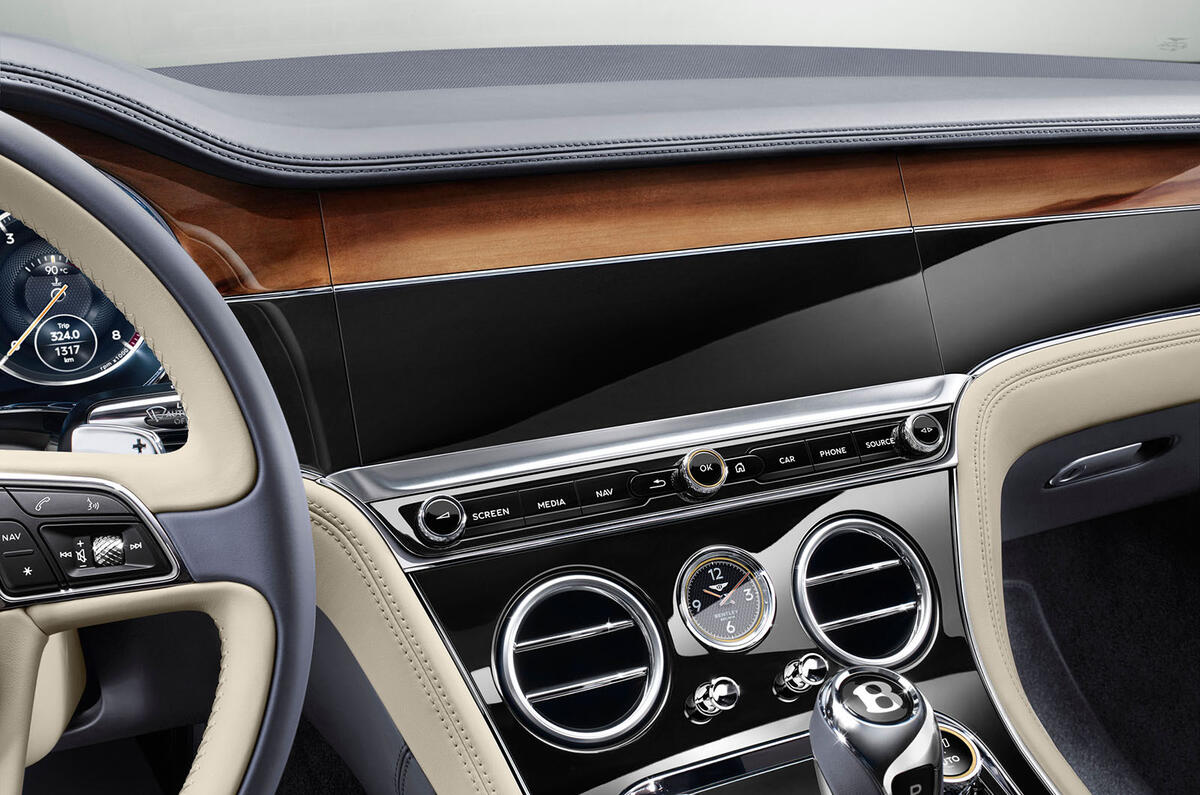

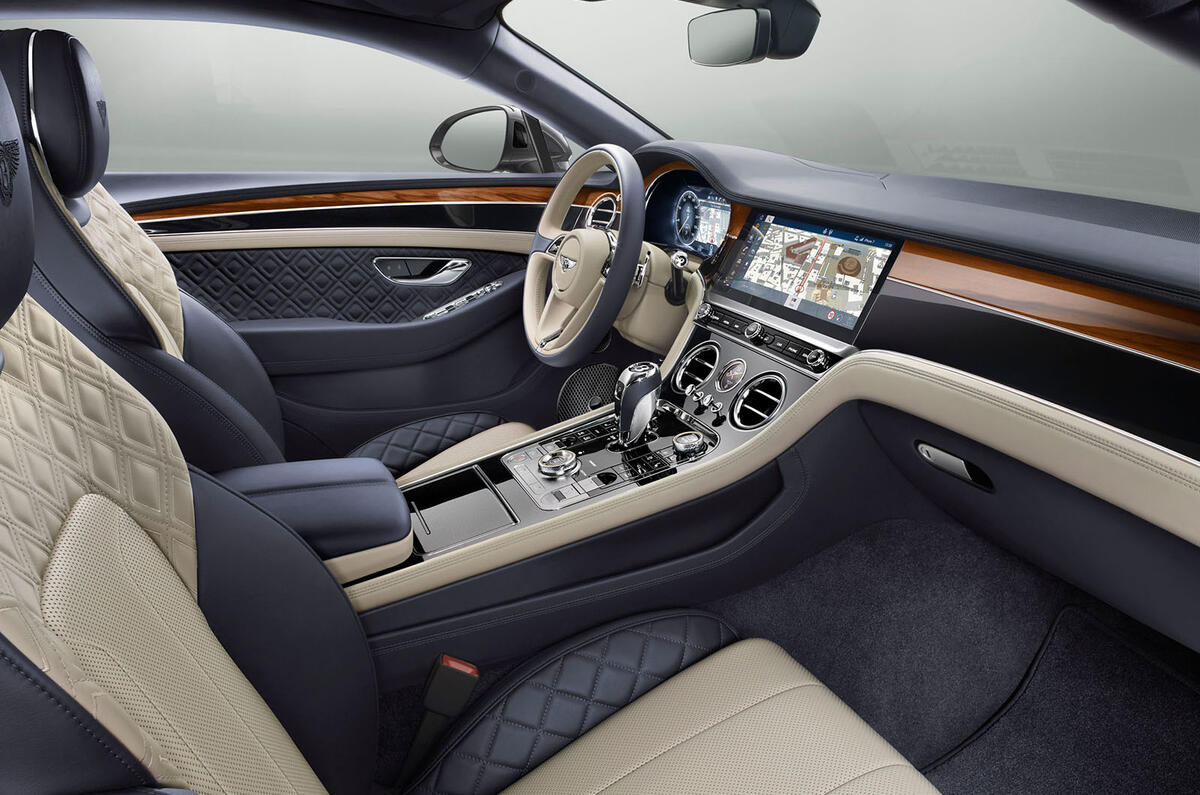
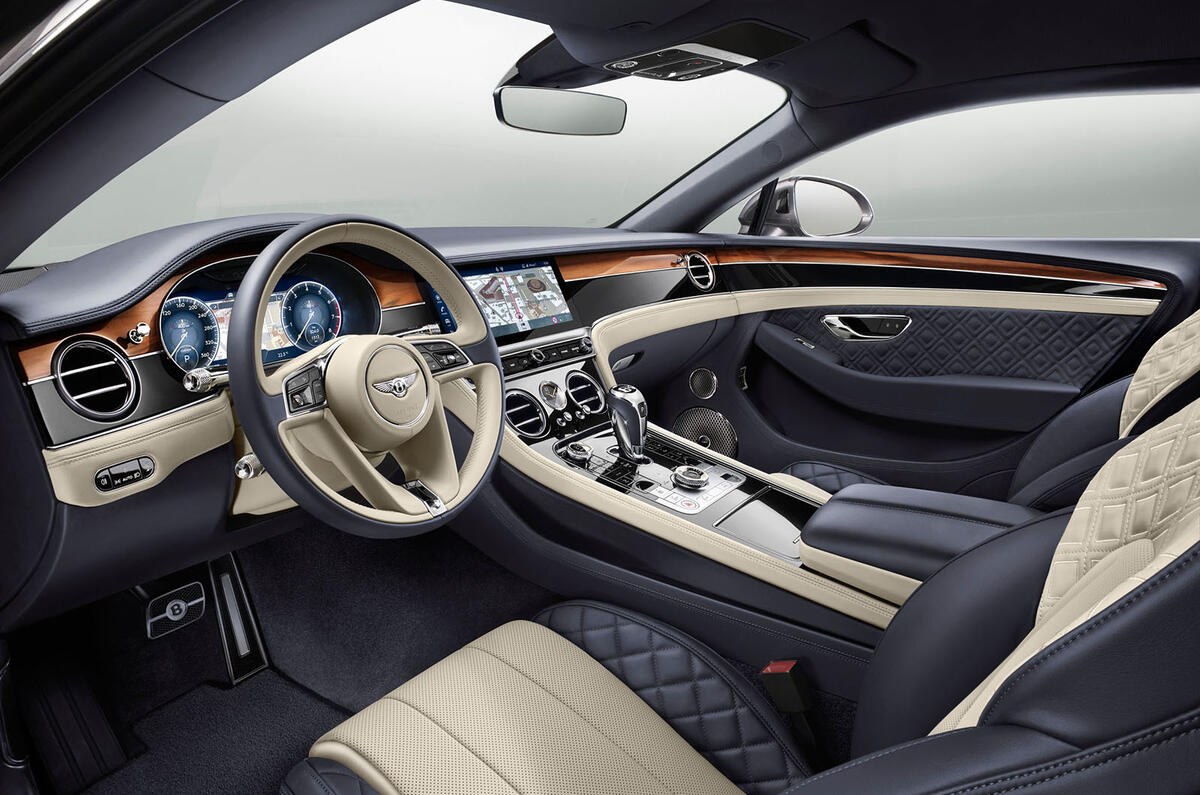

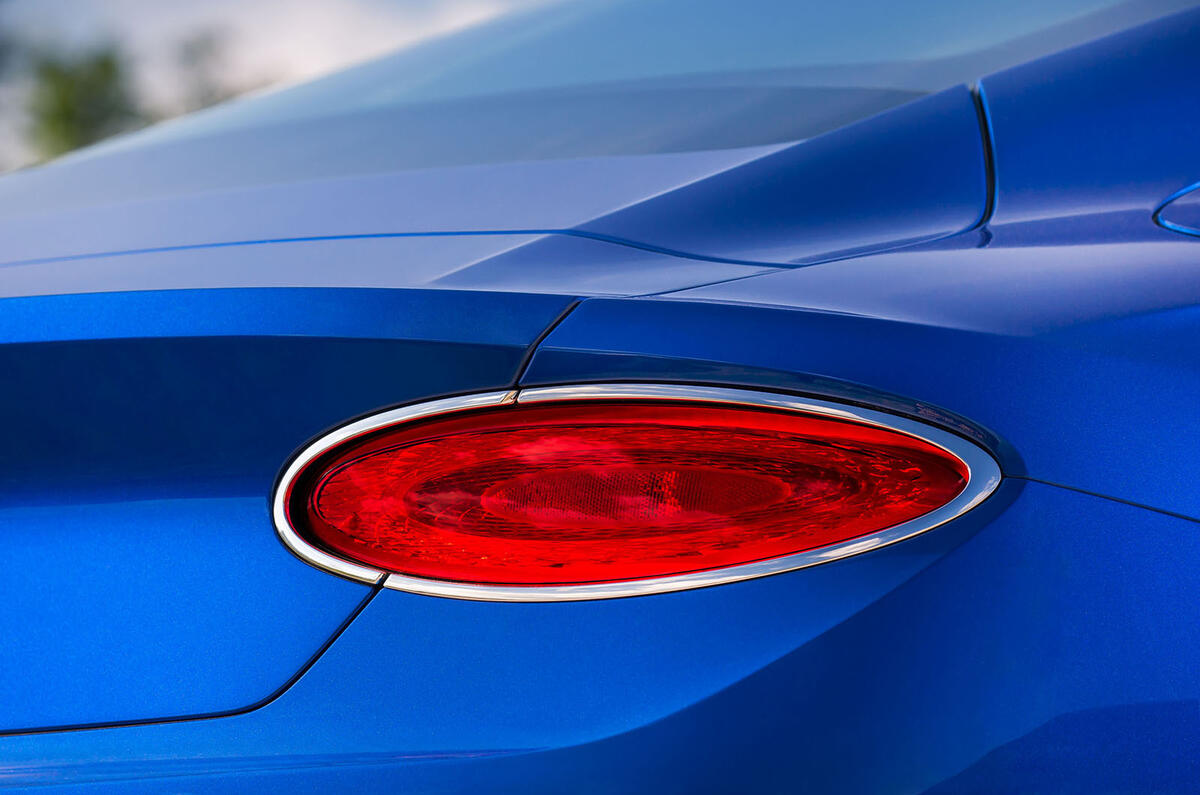
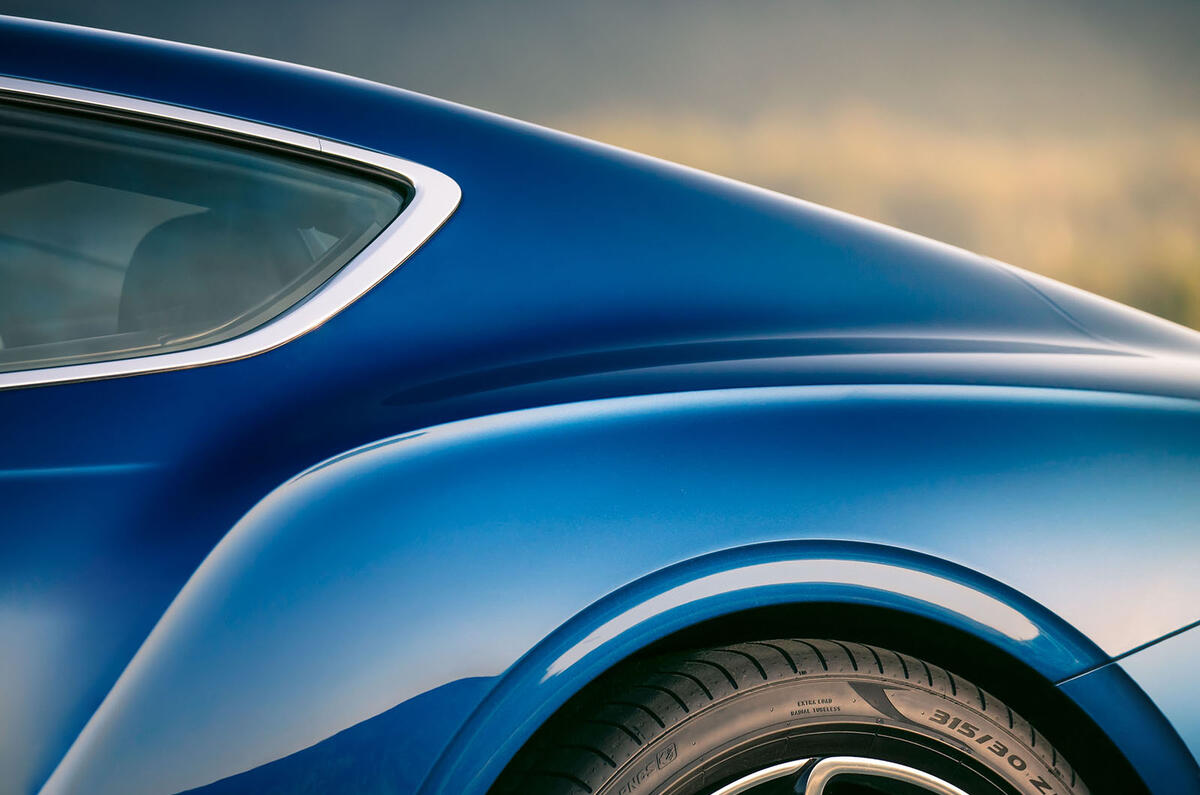
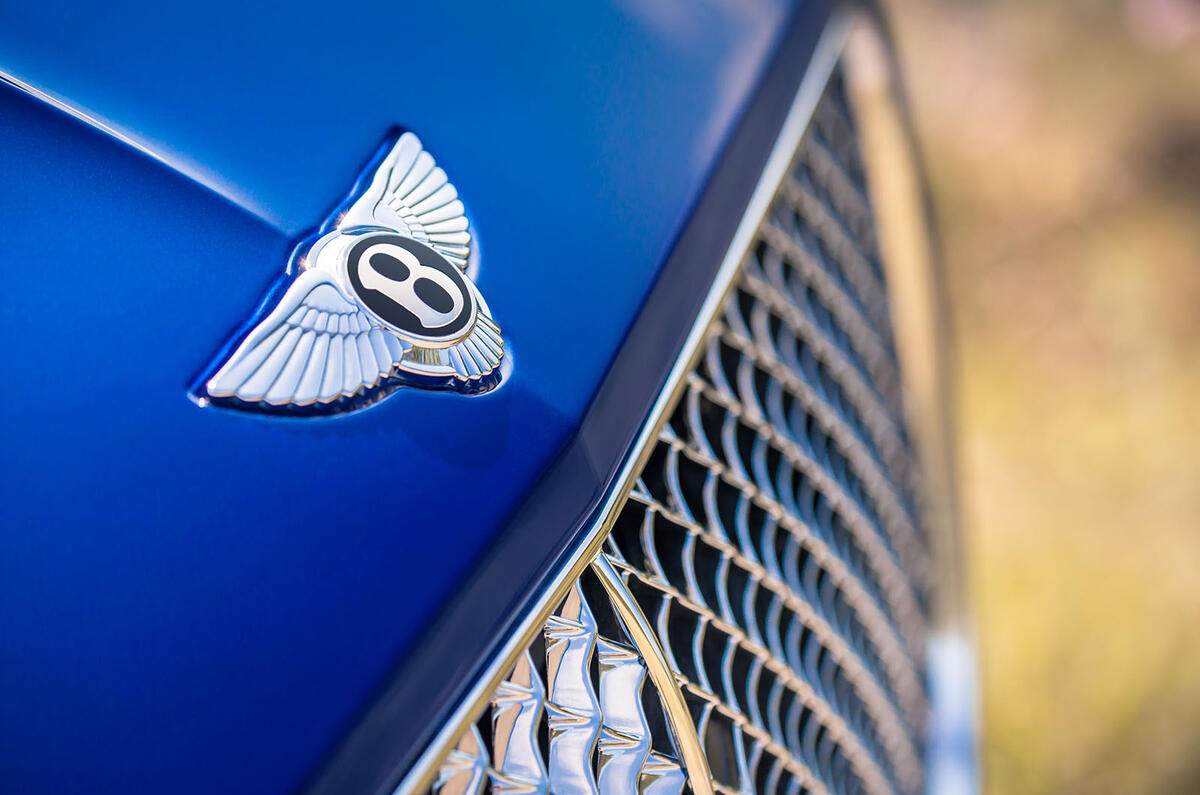

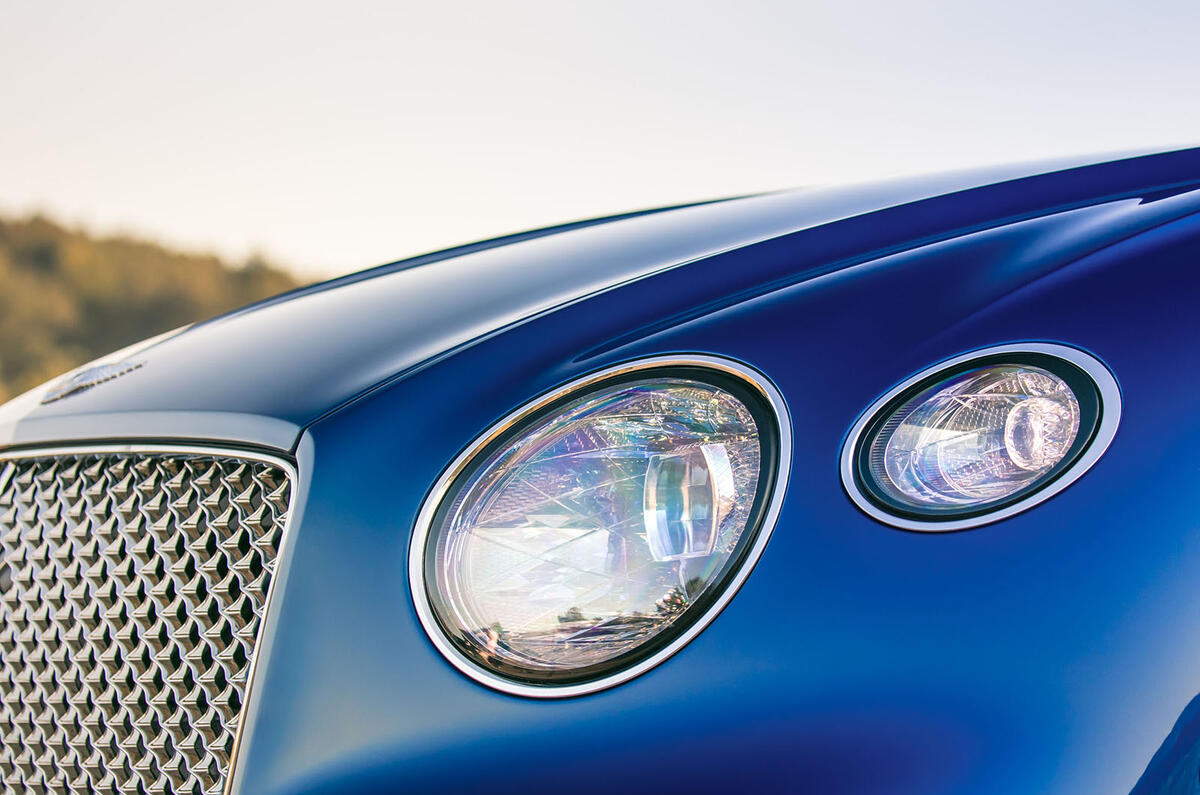
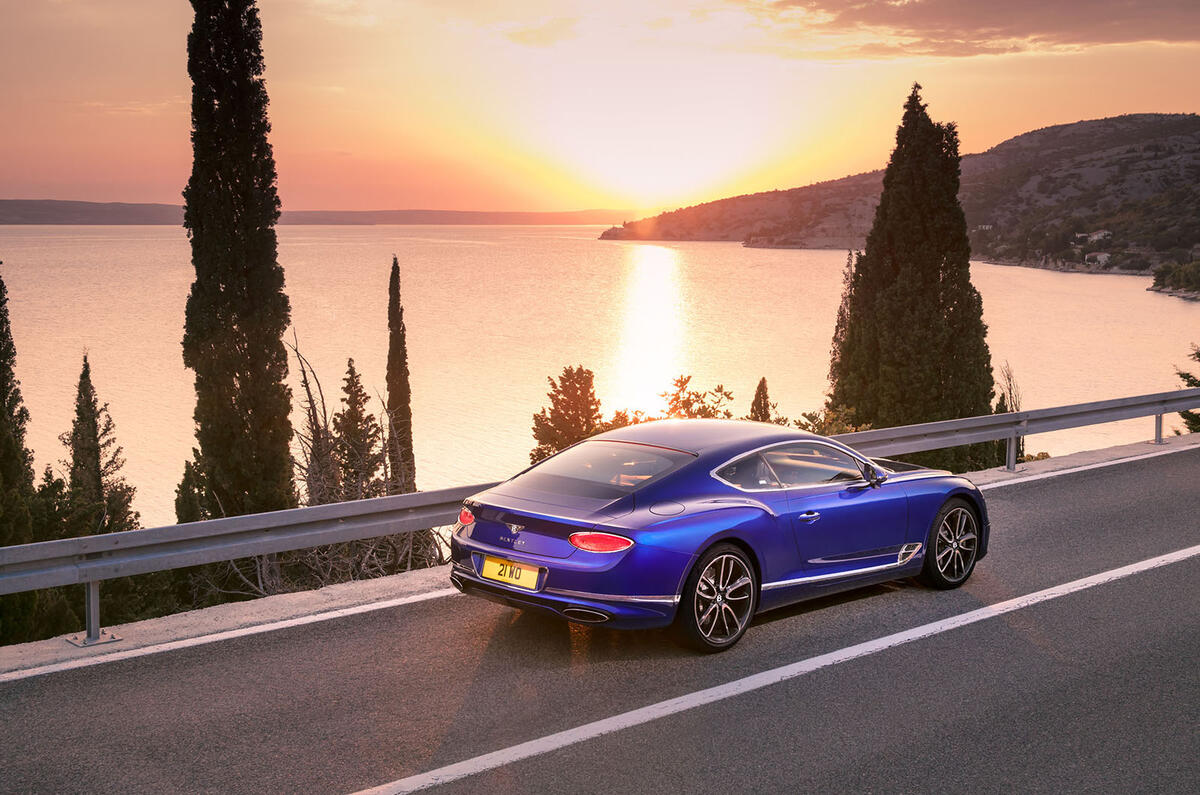
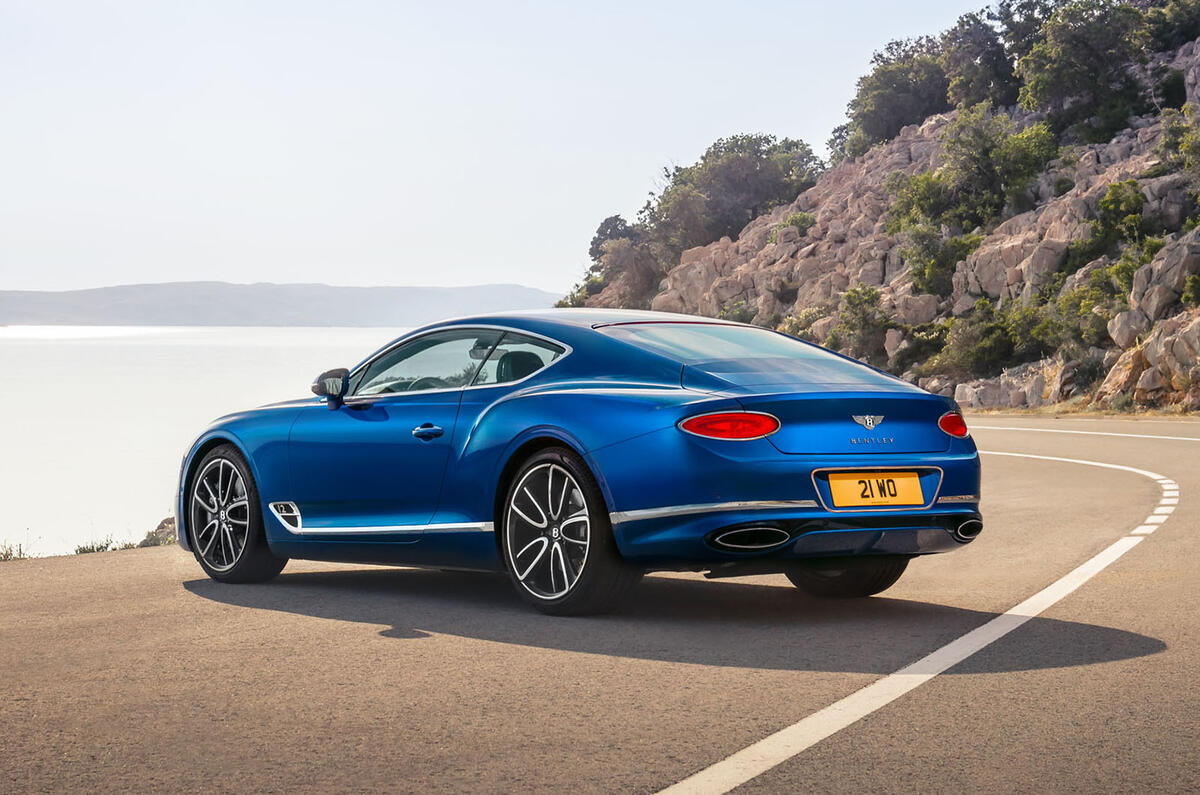
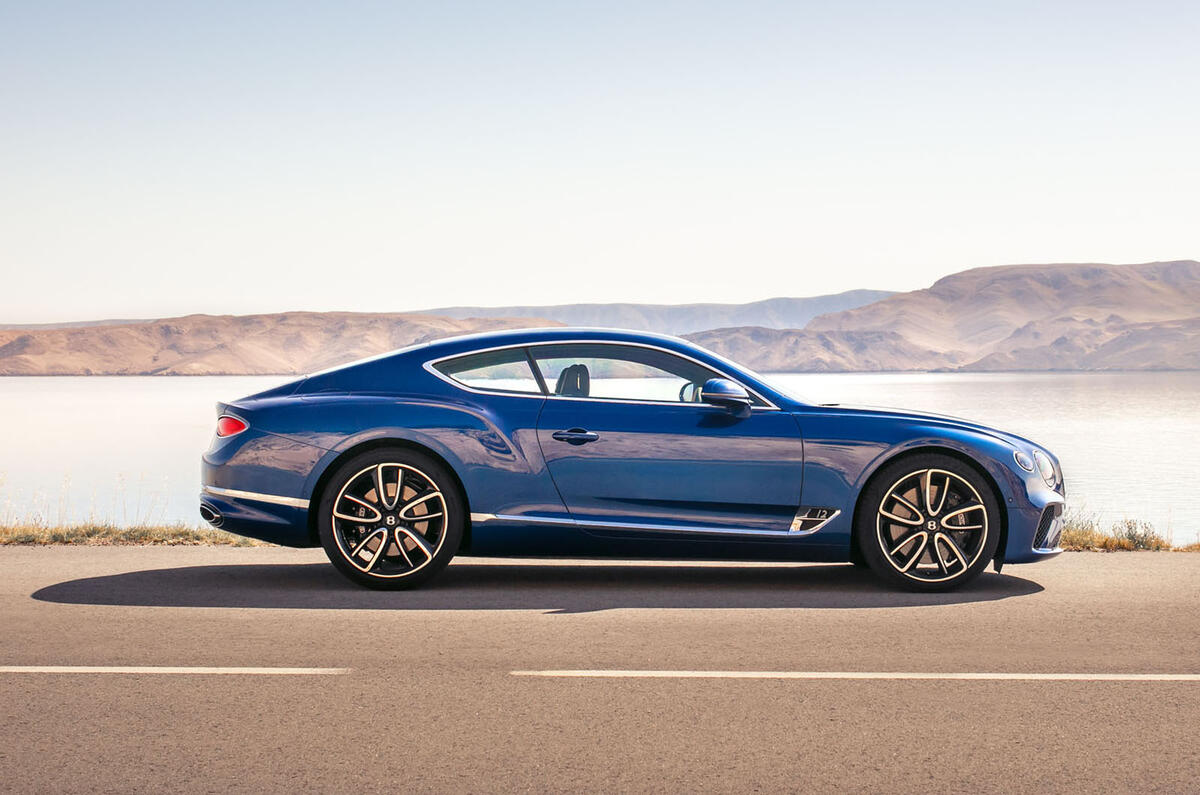
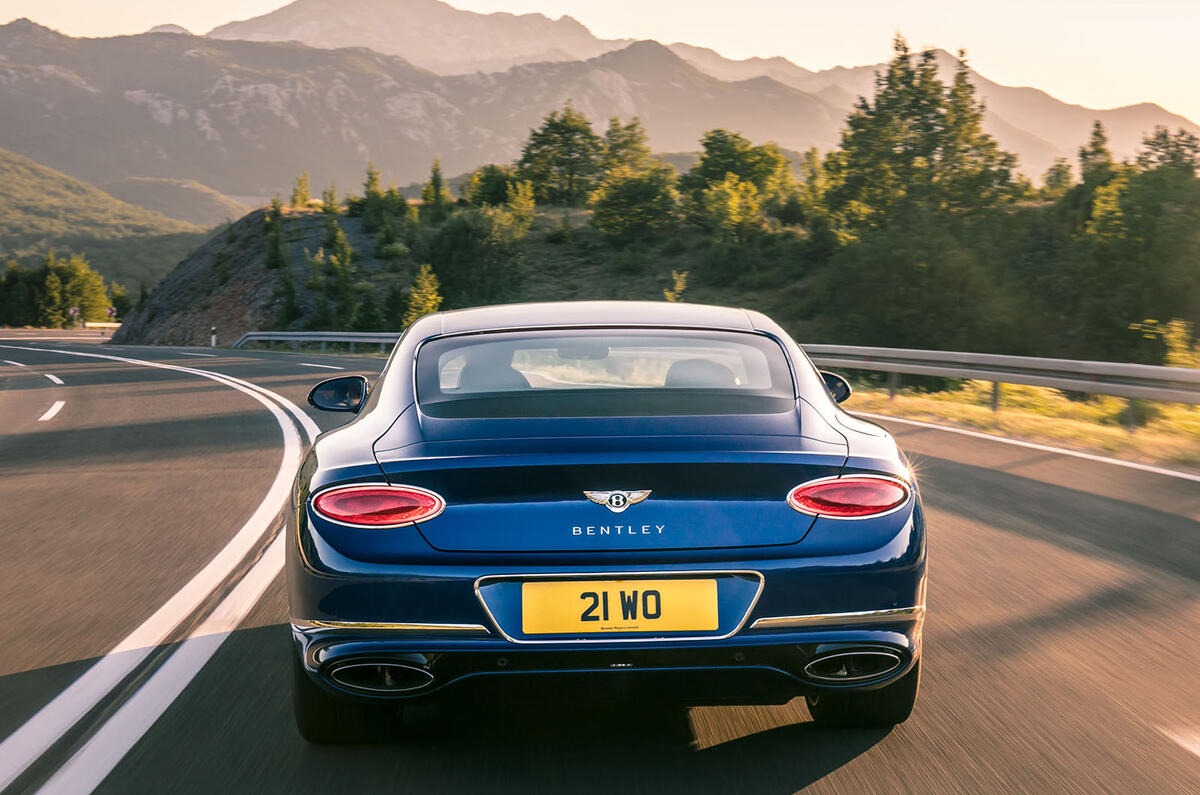
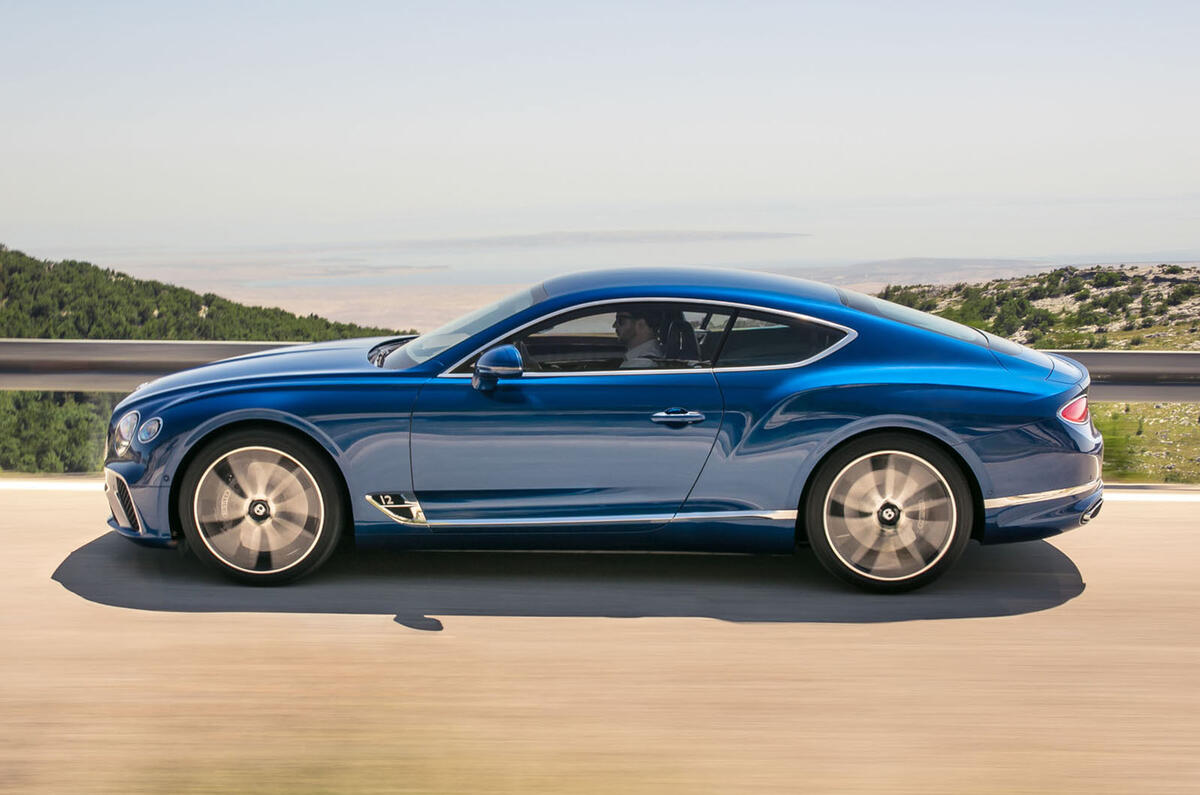
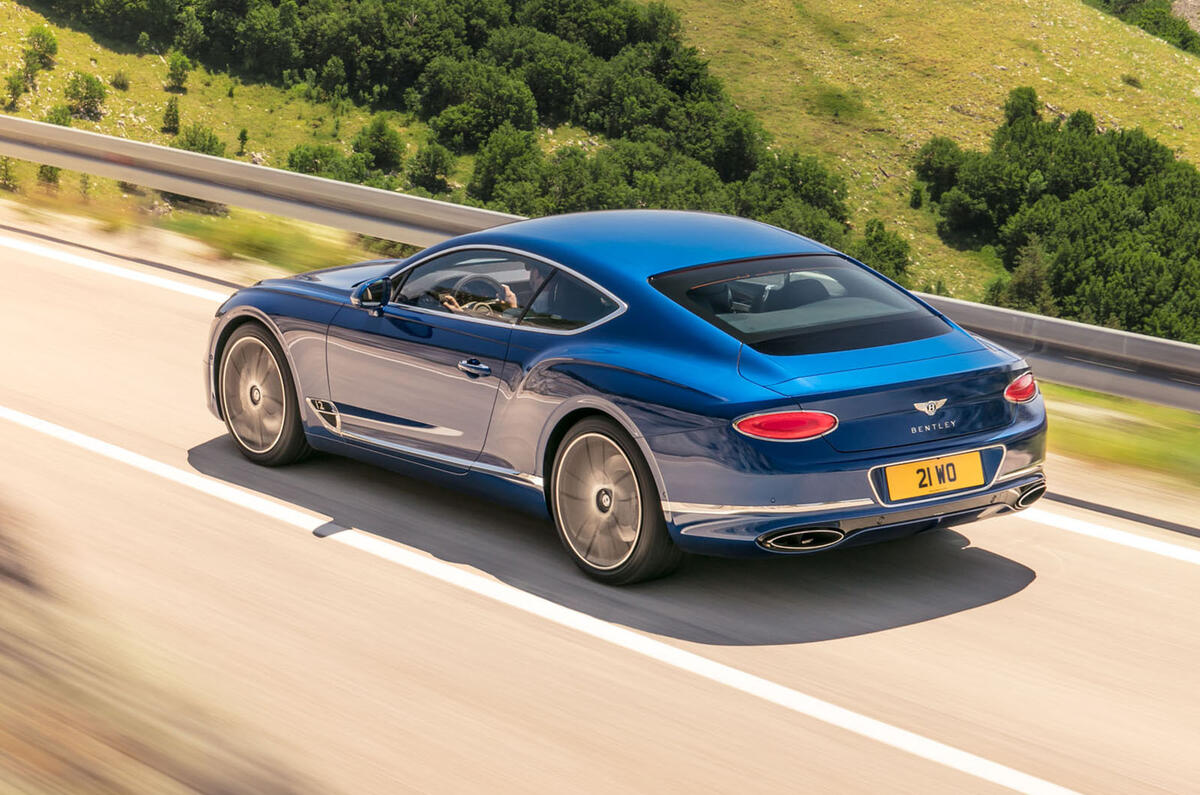
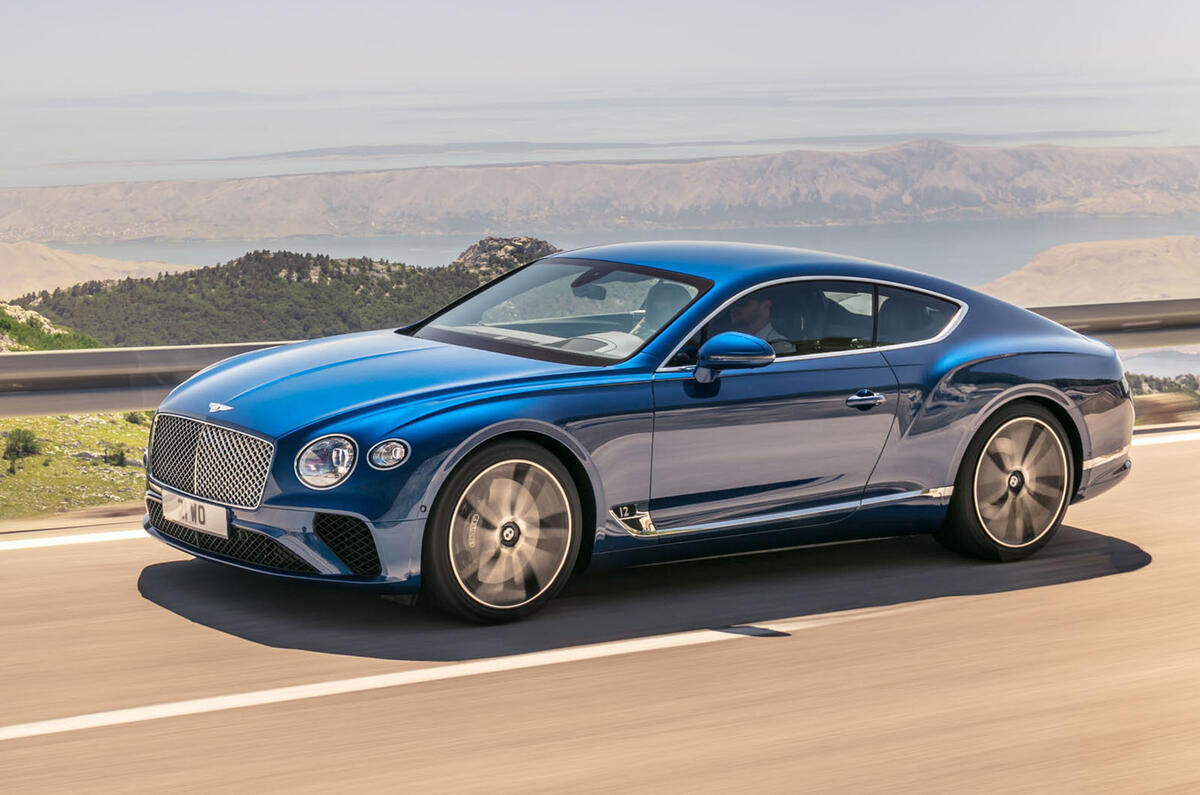
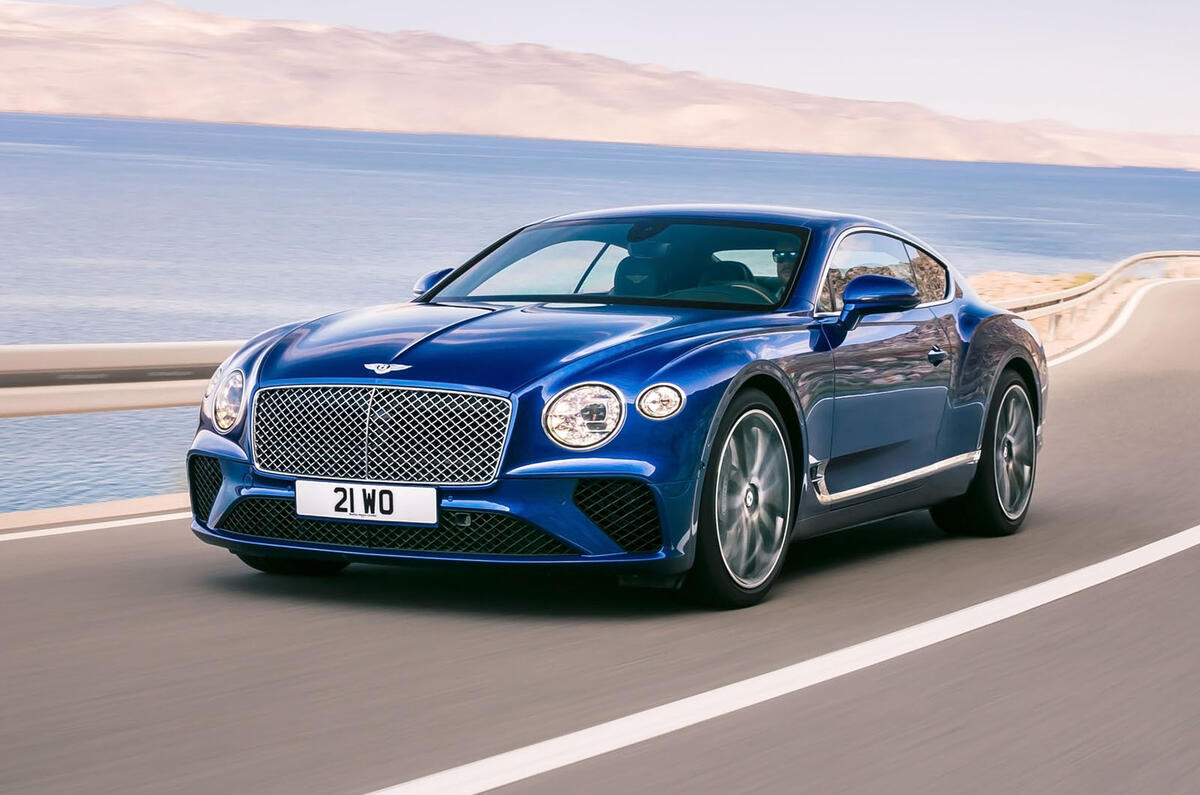
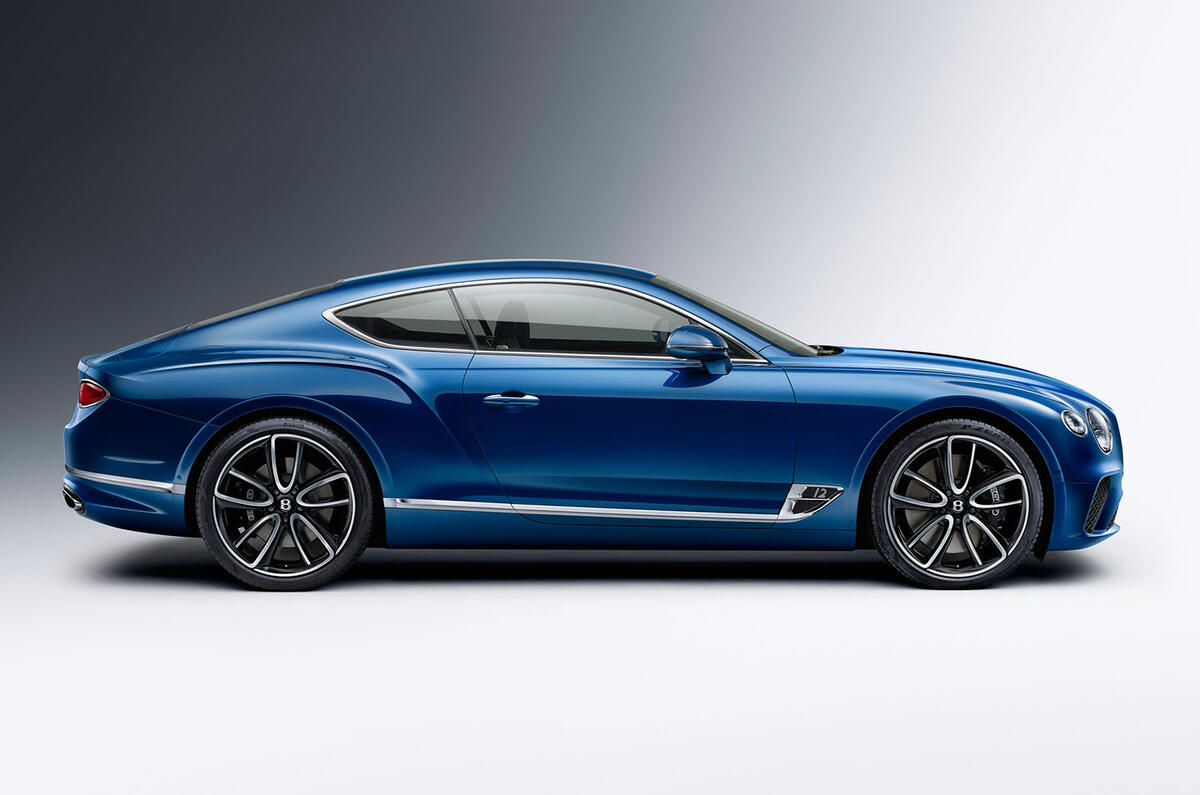
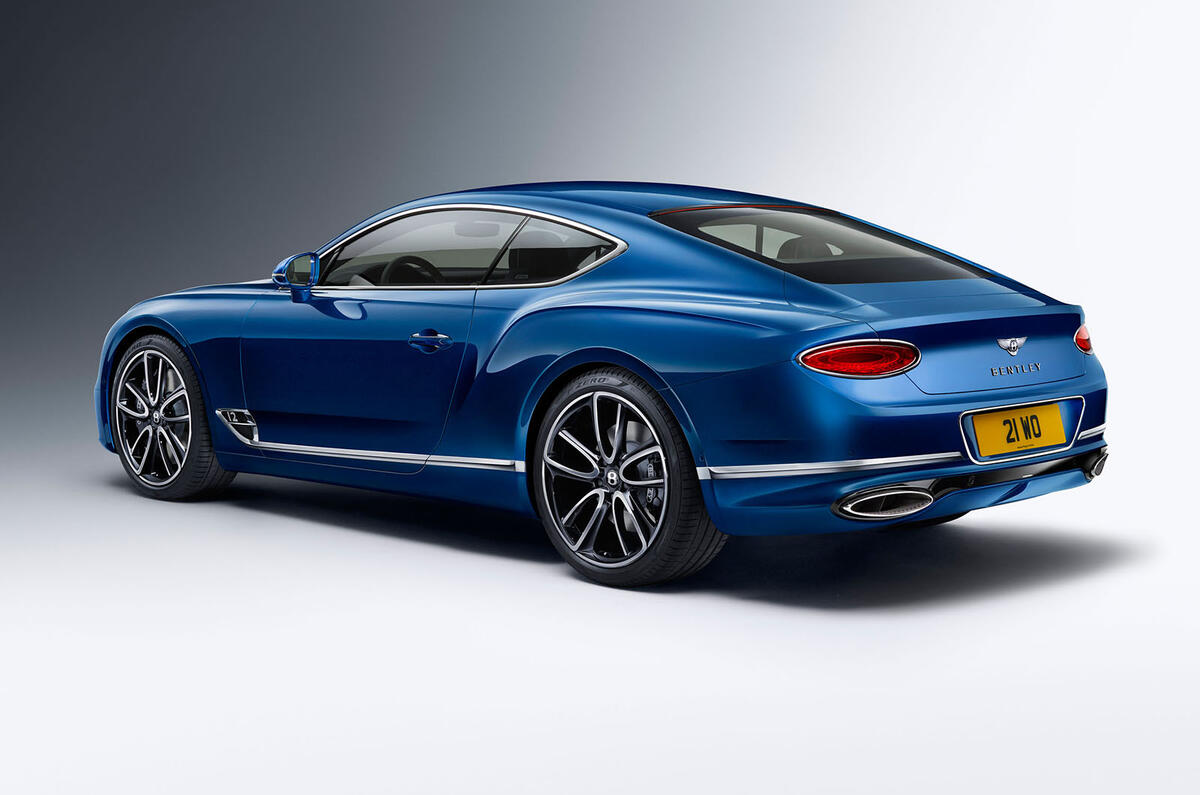
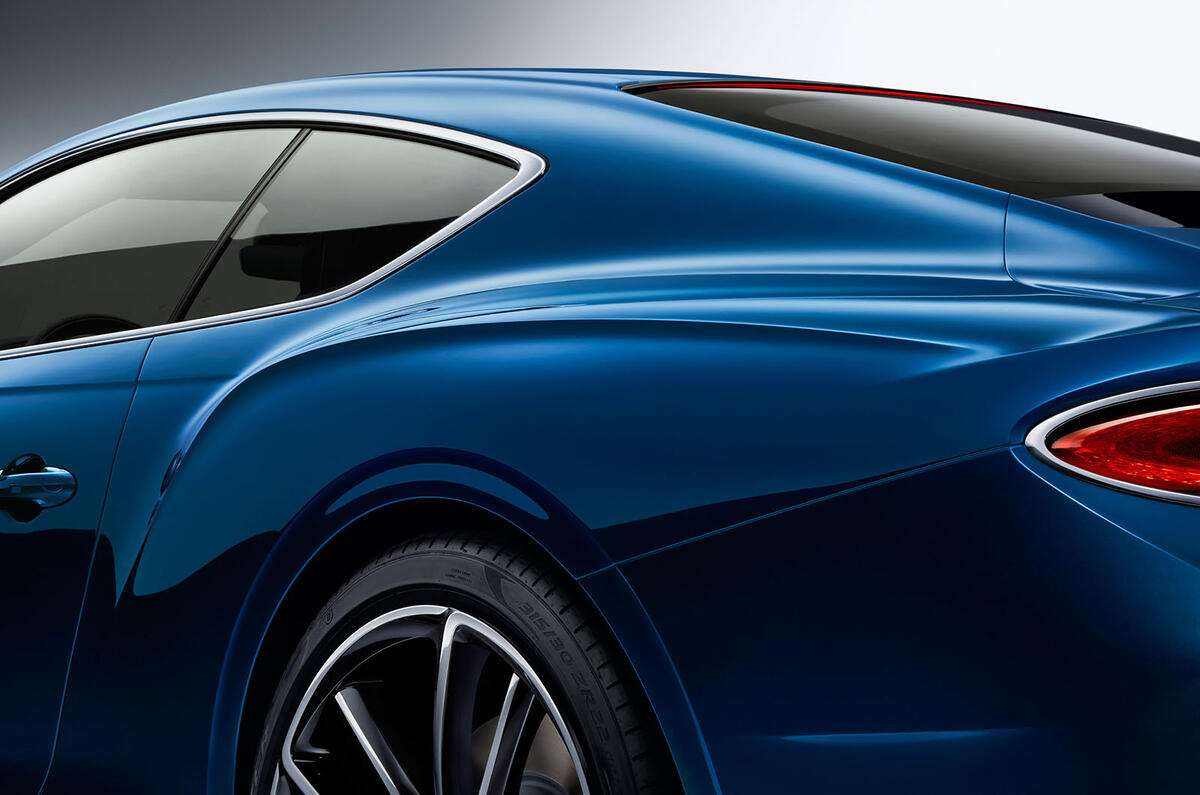
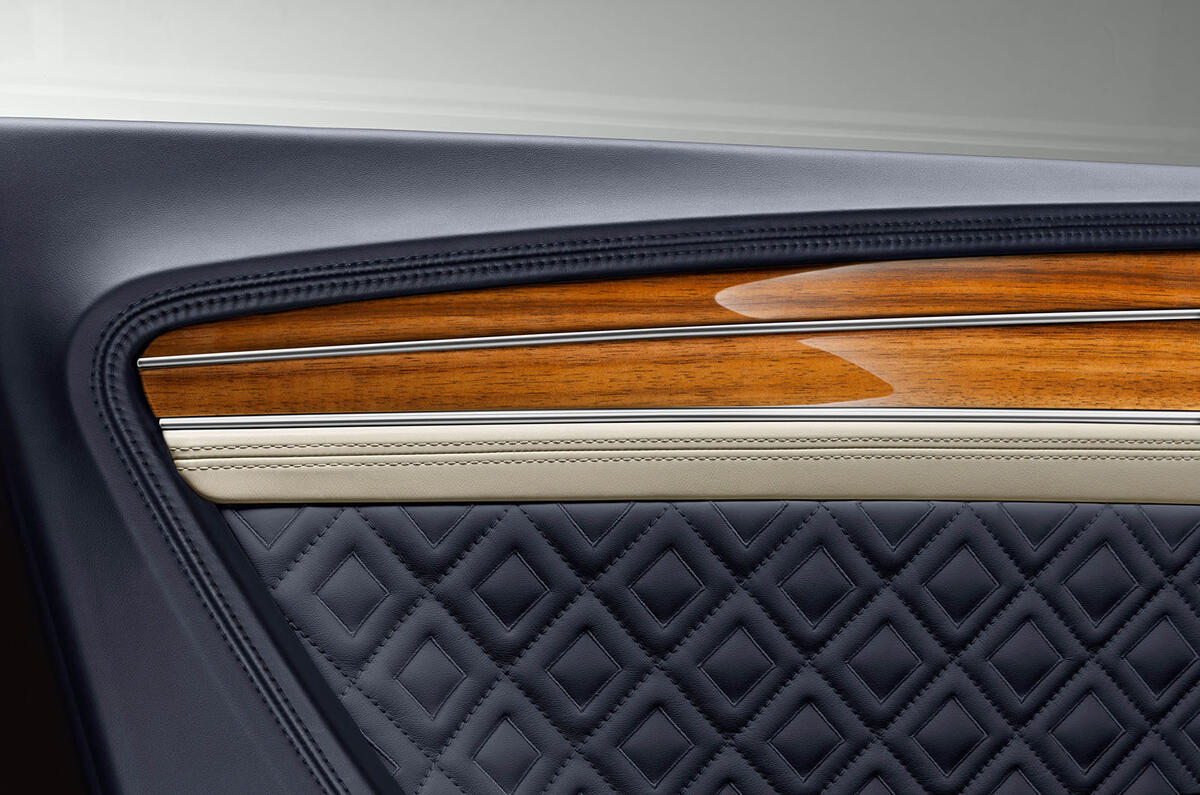
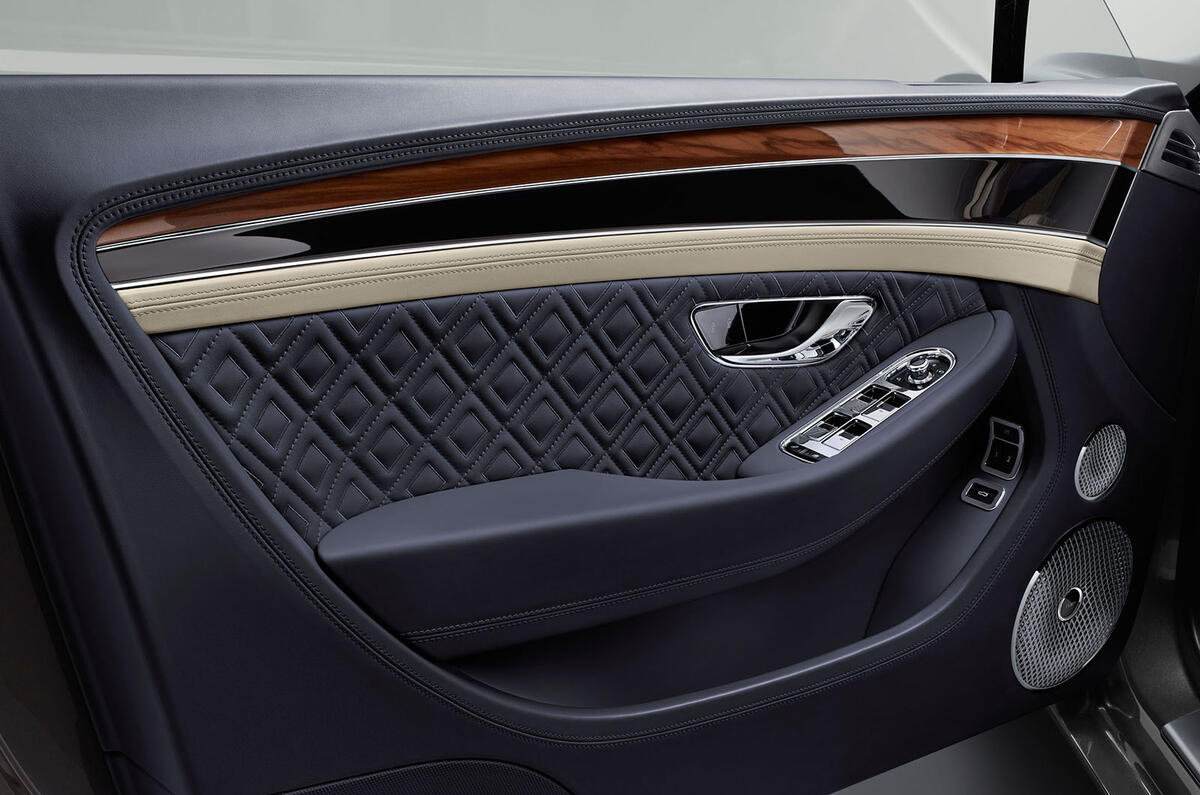

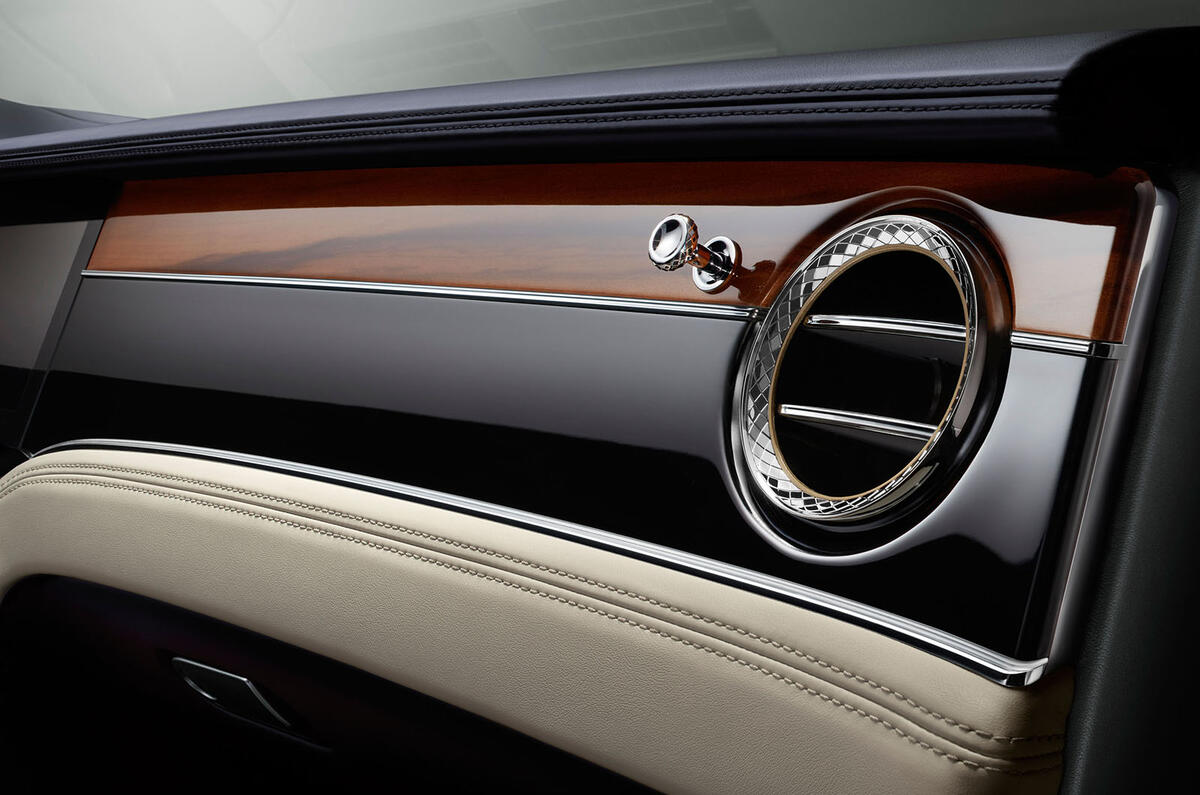


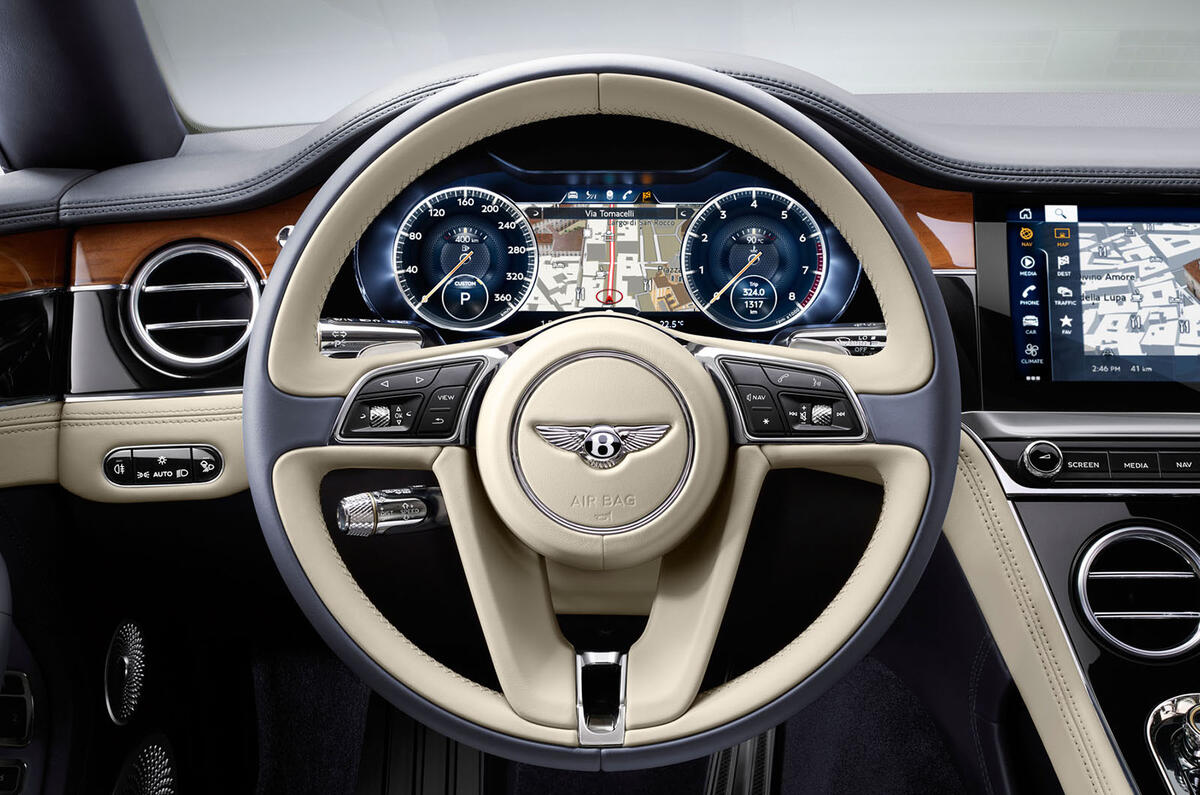
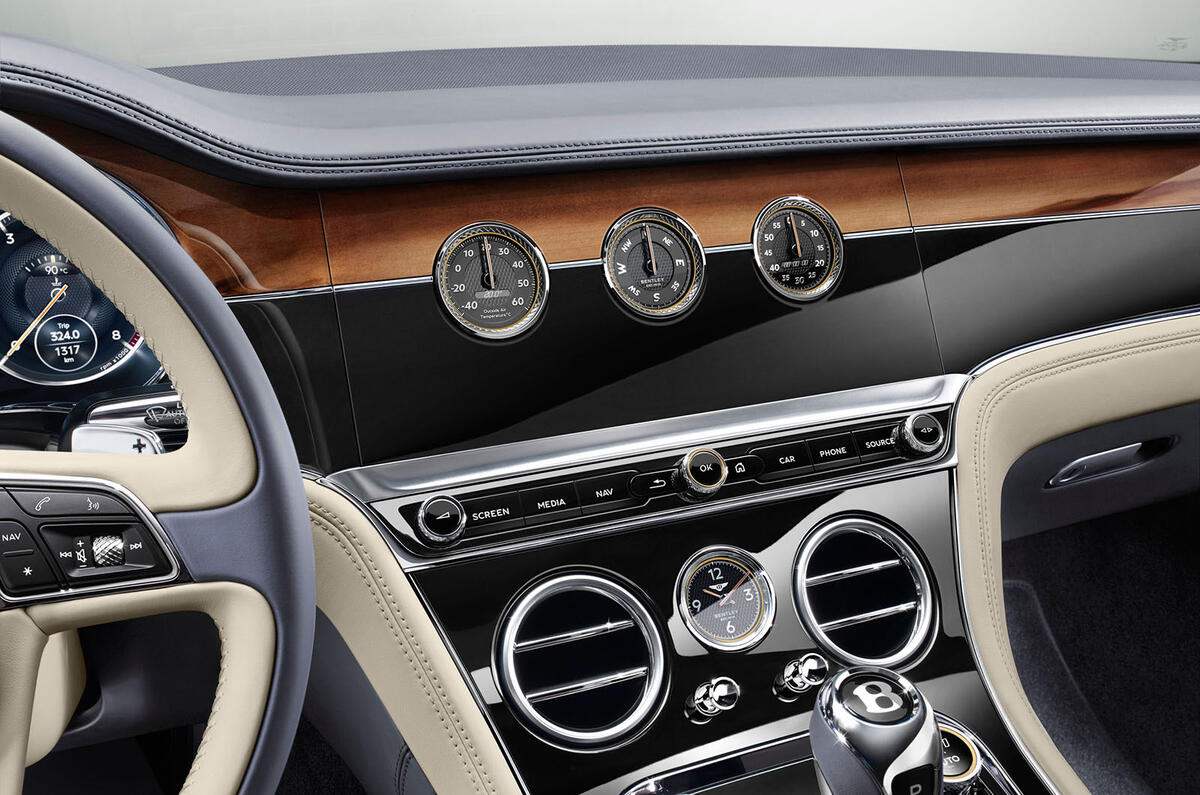
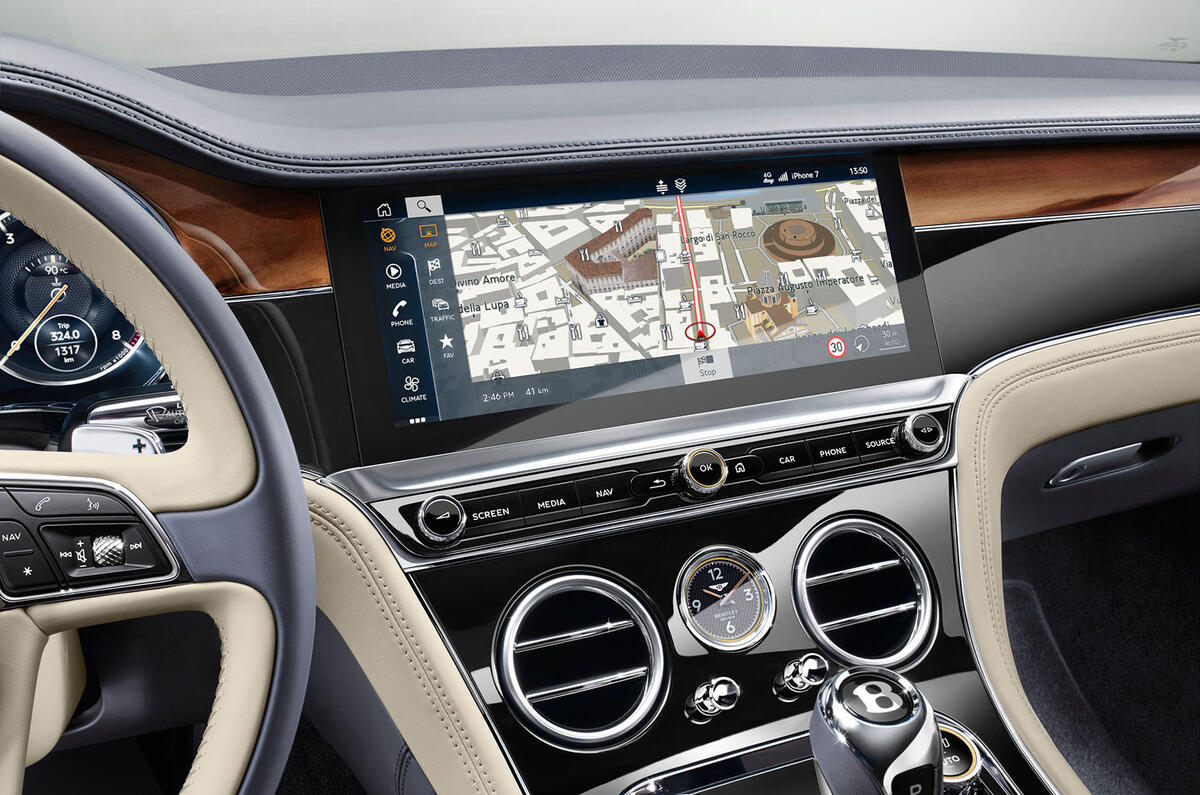

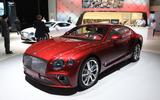
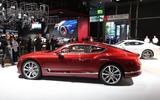


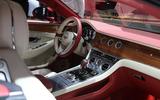
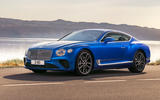

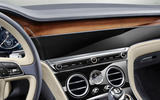
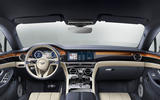

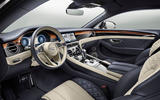




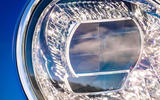
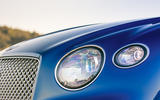

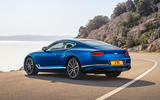
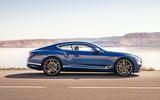

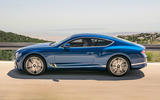
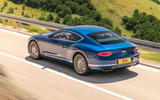

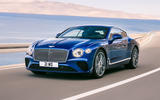
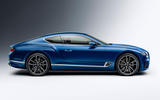
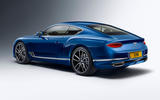
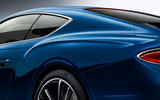
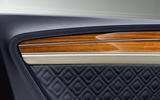
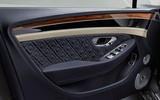
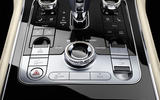
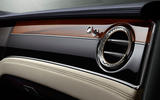

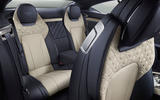

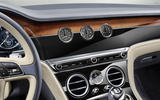
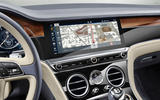



Join the debate
Add your comment
The rear looks too puny -
The rear looks too puny - almost Audi A7, not authoritative enough - taller light clusters would do the trick, otherwise fabulous.
But I must repeat, from the rear it needs to say King Of The Road more clearly.
rear three-quarters
... I actually found the rear three-quarter view the most appealing, my thoughts straight away was A7 too!
The side profile to the rear is Aston Martin meets steroid fuelled bodykit, the frontal aspects of the "German" Bentleys have always put me off, headlights in the wrong place, too "boss-eyed" for my liking.
Wouldn't say no to one however, unless I was offered an Aston instead :)
Feel the same about the RRs too, a very heavy-handed, slab-sided interpretation of classic"Britishness", I cannot understand what is going on with the Wraith's rear pillars! (Far too heavy looking - not at all graceful)
God help us if Daimler-Benz take a closer interest in A-M, look forward to Autocar road testing the Lagonda Panzer in a few years time!
Yes
I am not a fan of that rear, but I'd gladly drive this Auto on a daily basis.
Lovely
Very nice - it's sleeker and a definite improvement on the current model (and that SUV horror show). Love the interior too. Only the radiator grill looks a bit unfinished - and ridiculously huge.
It does look awfully wide though - surely it can't be much fun piloting something that wide through European cities and backroads.